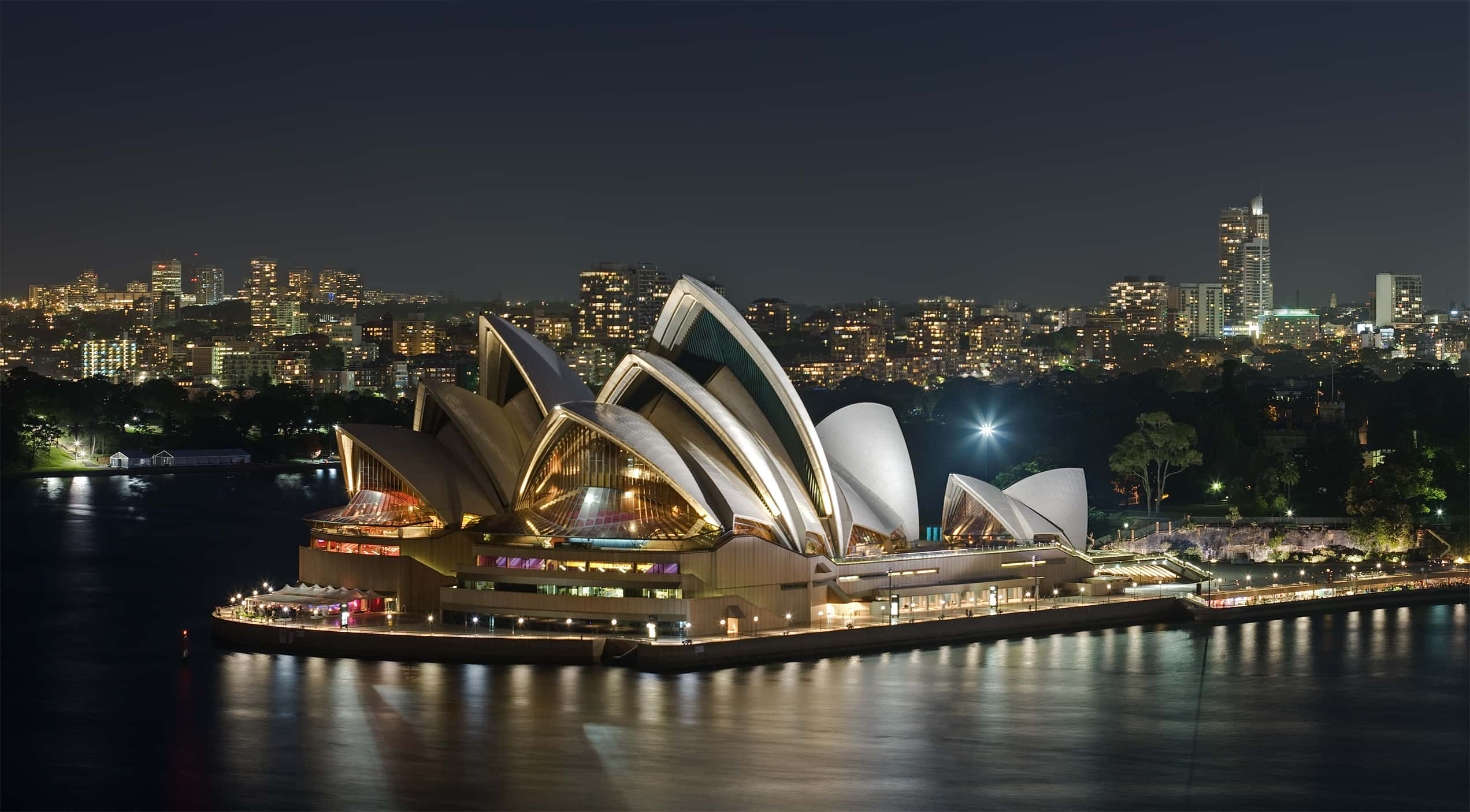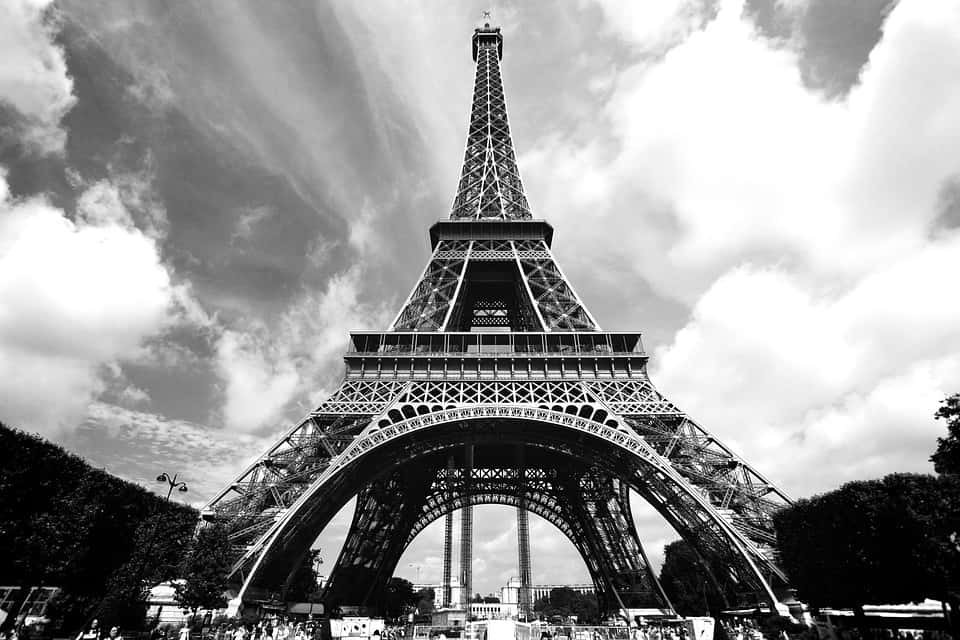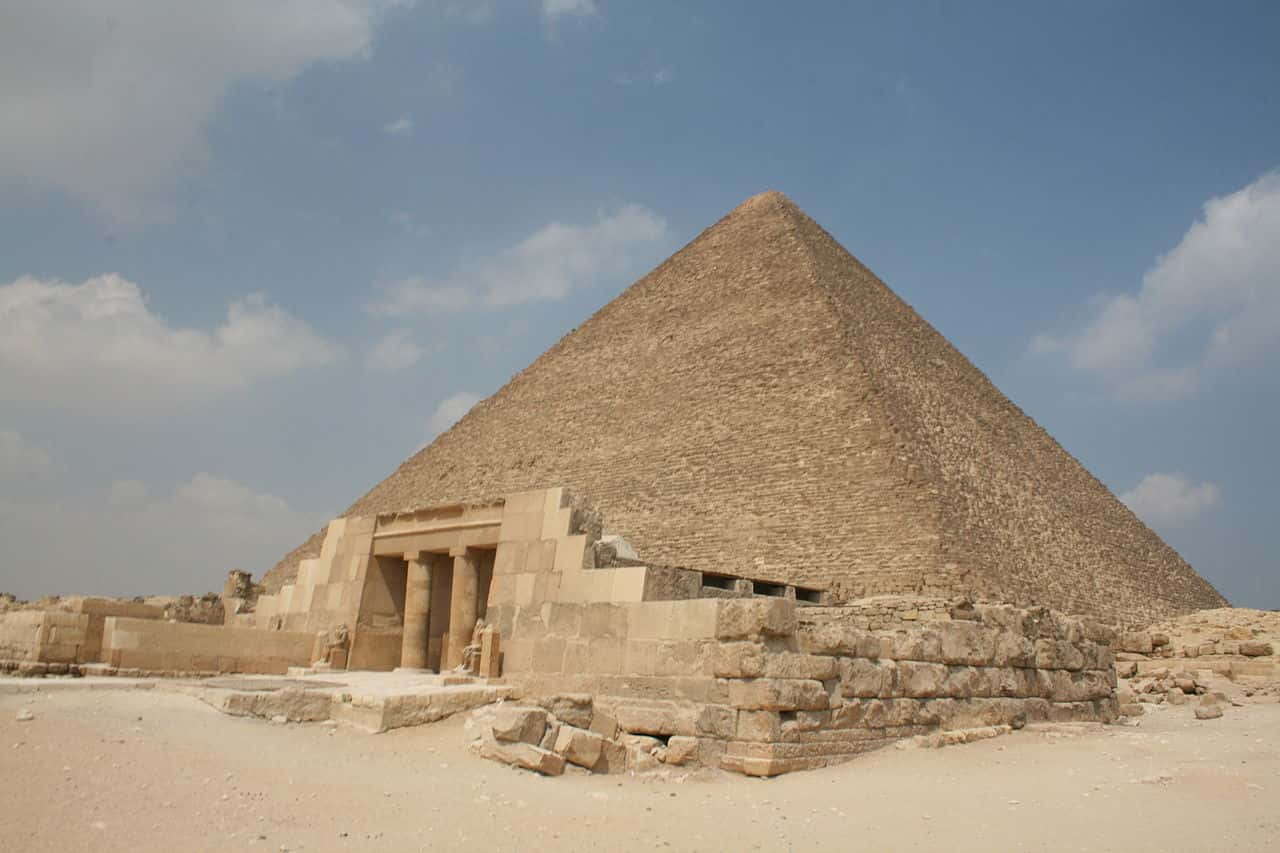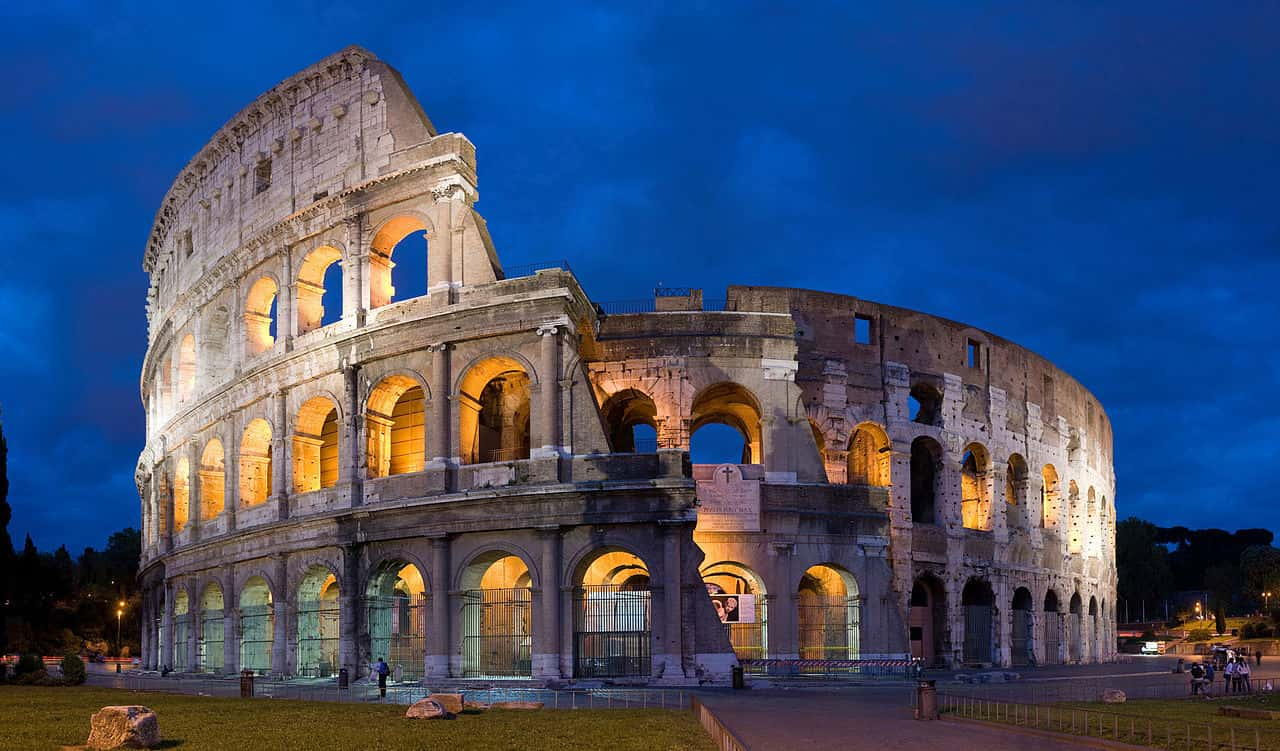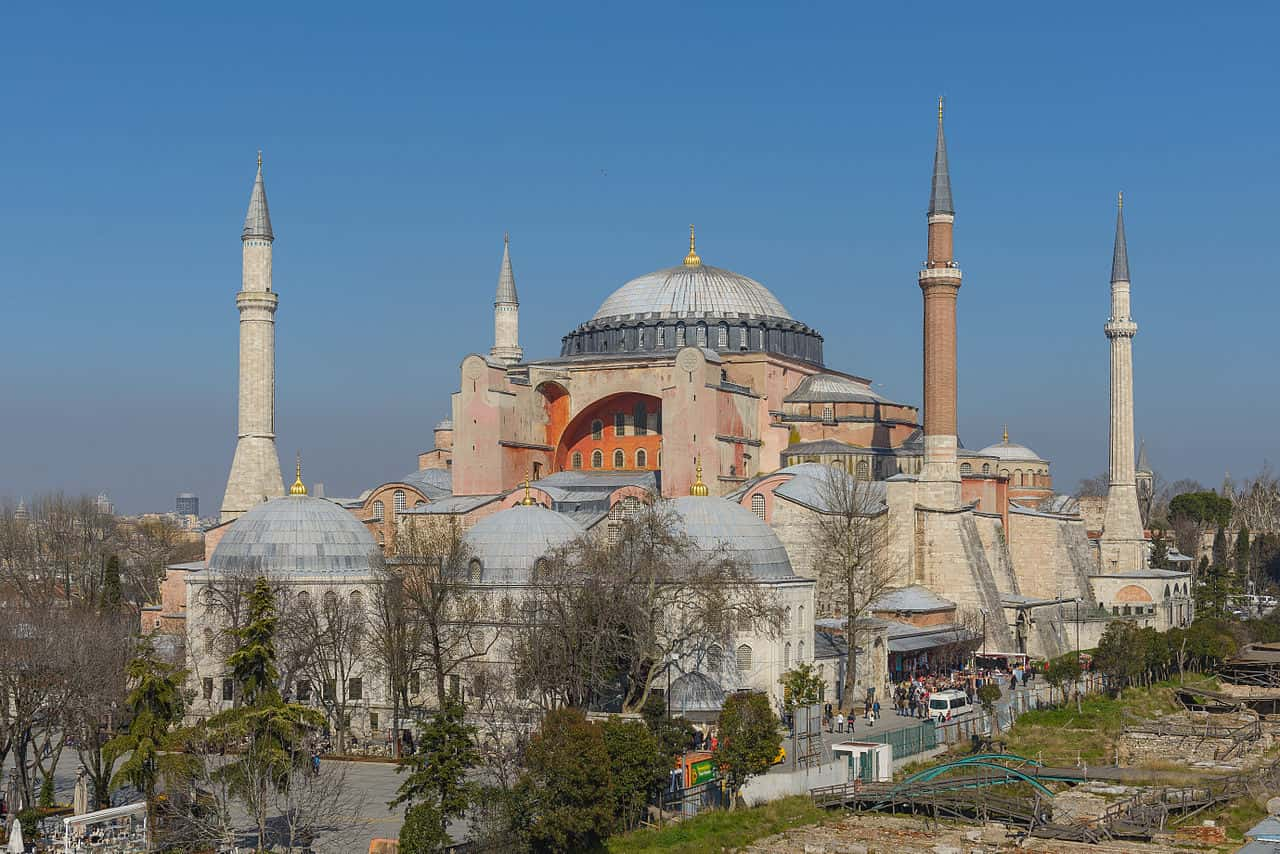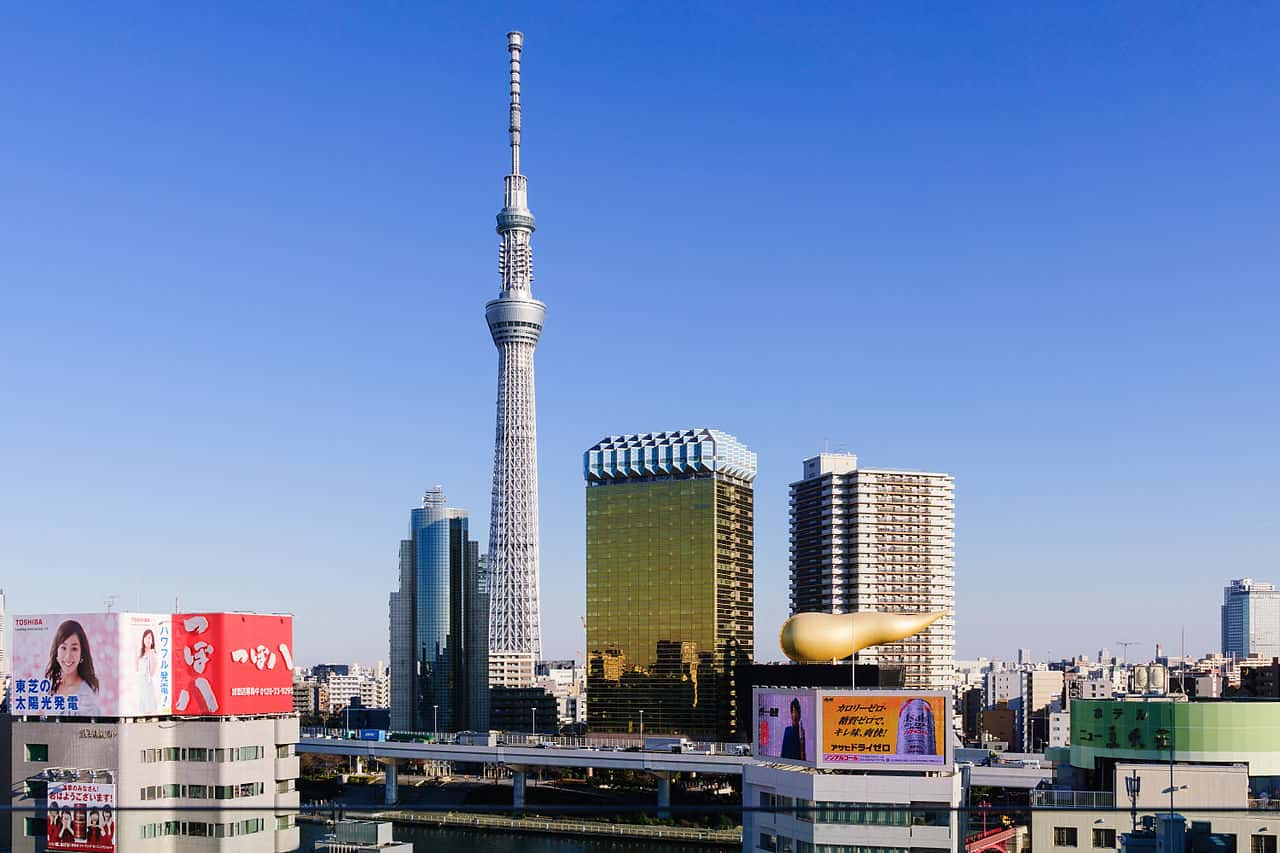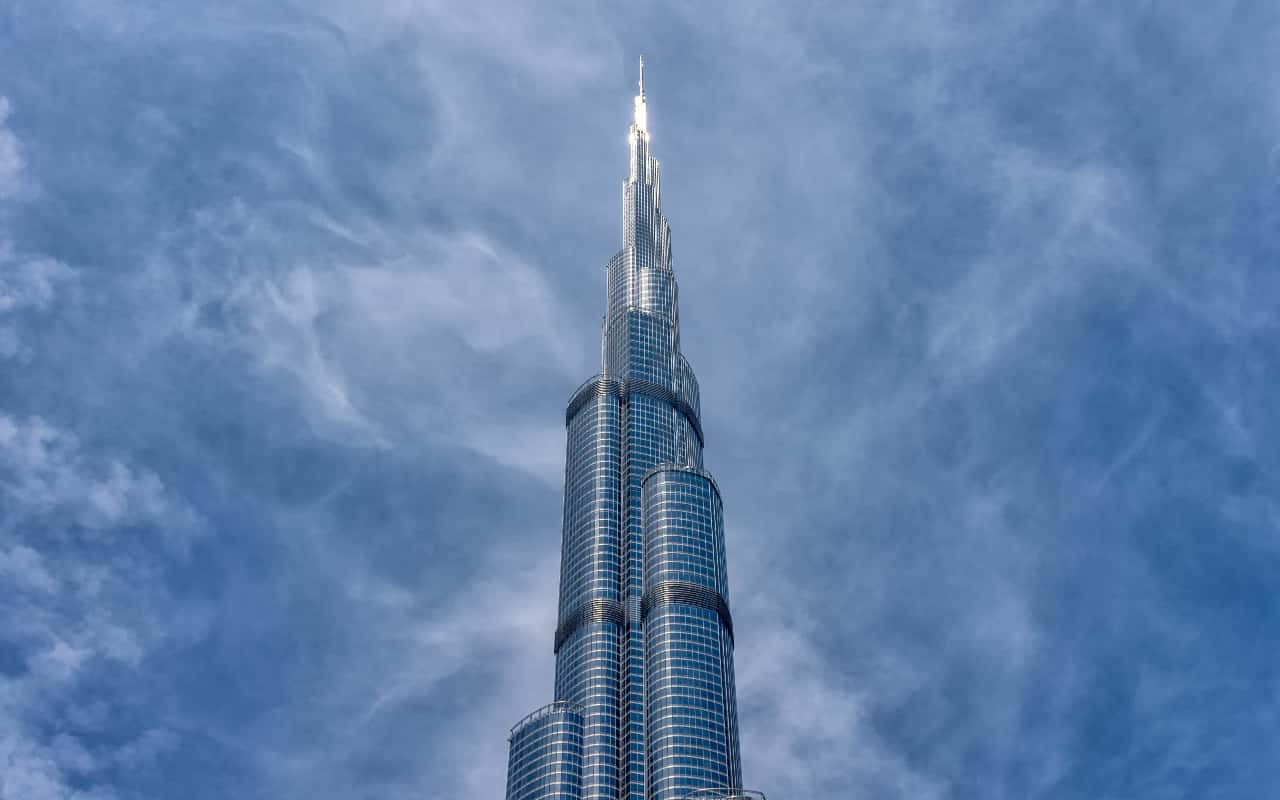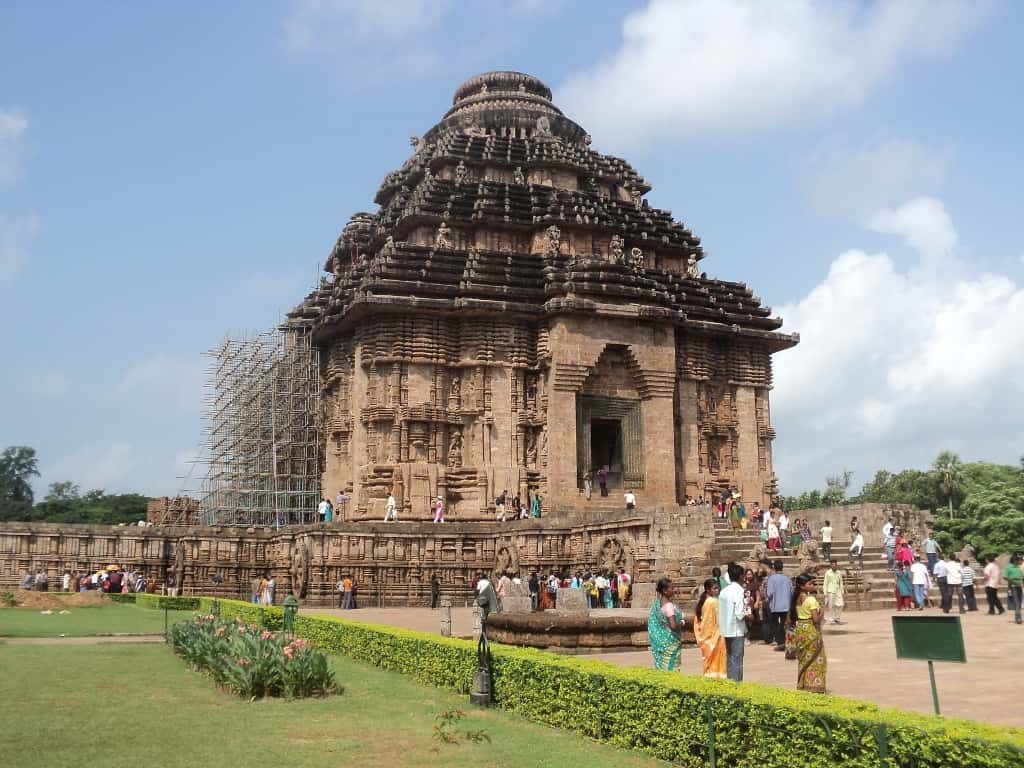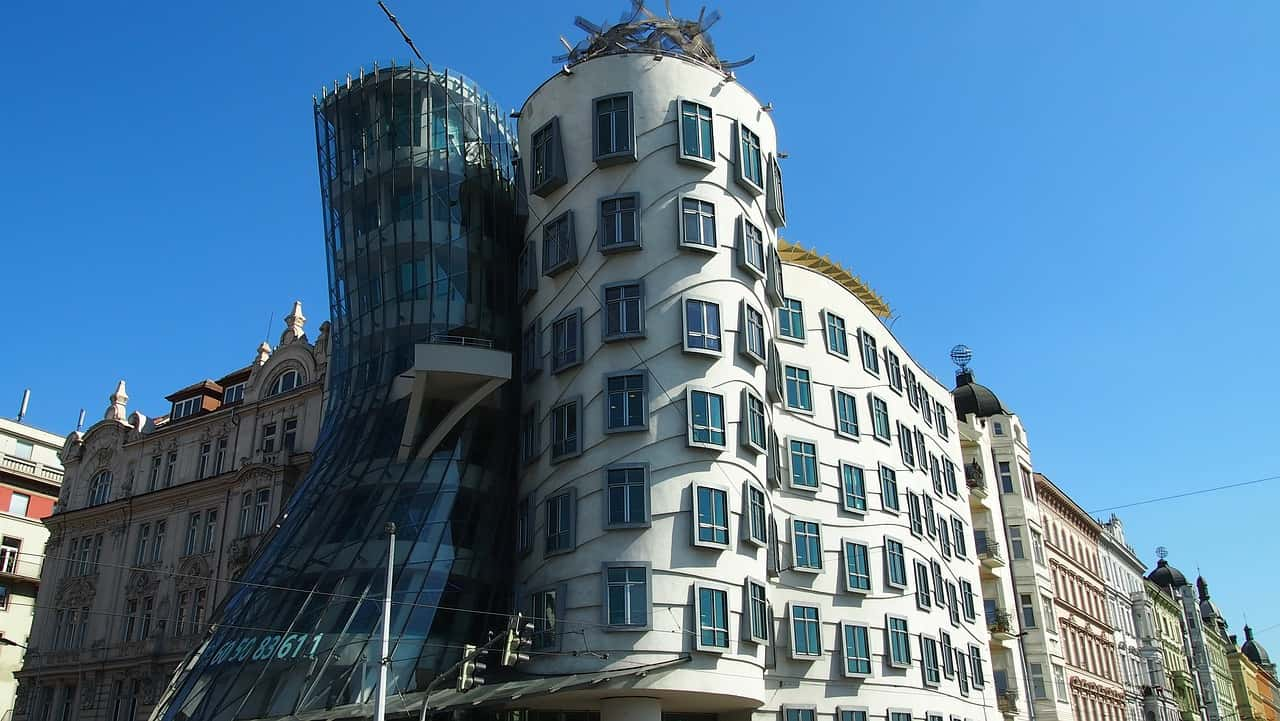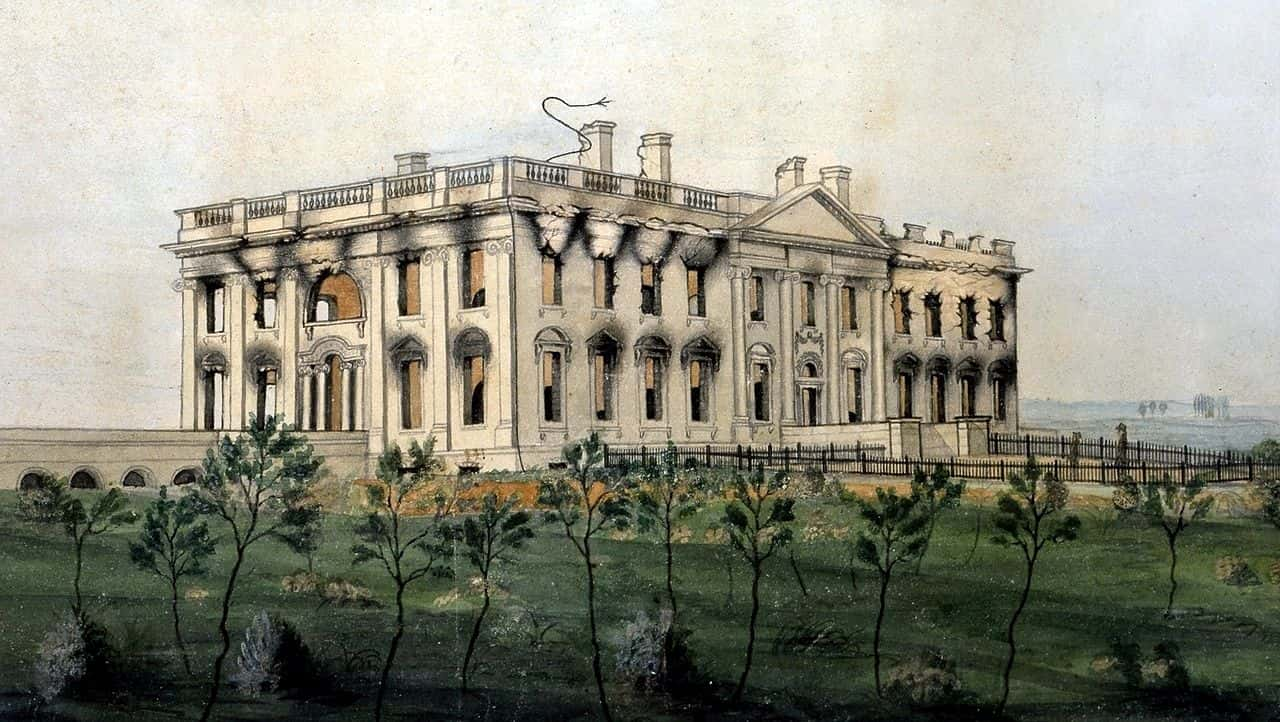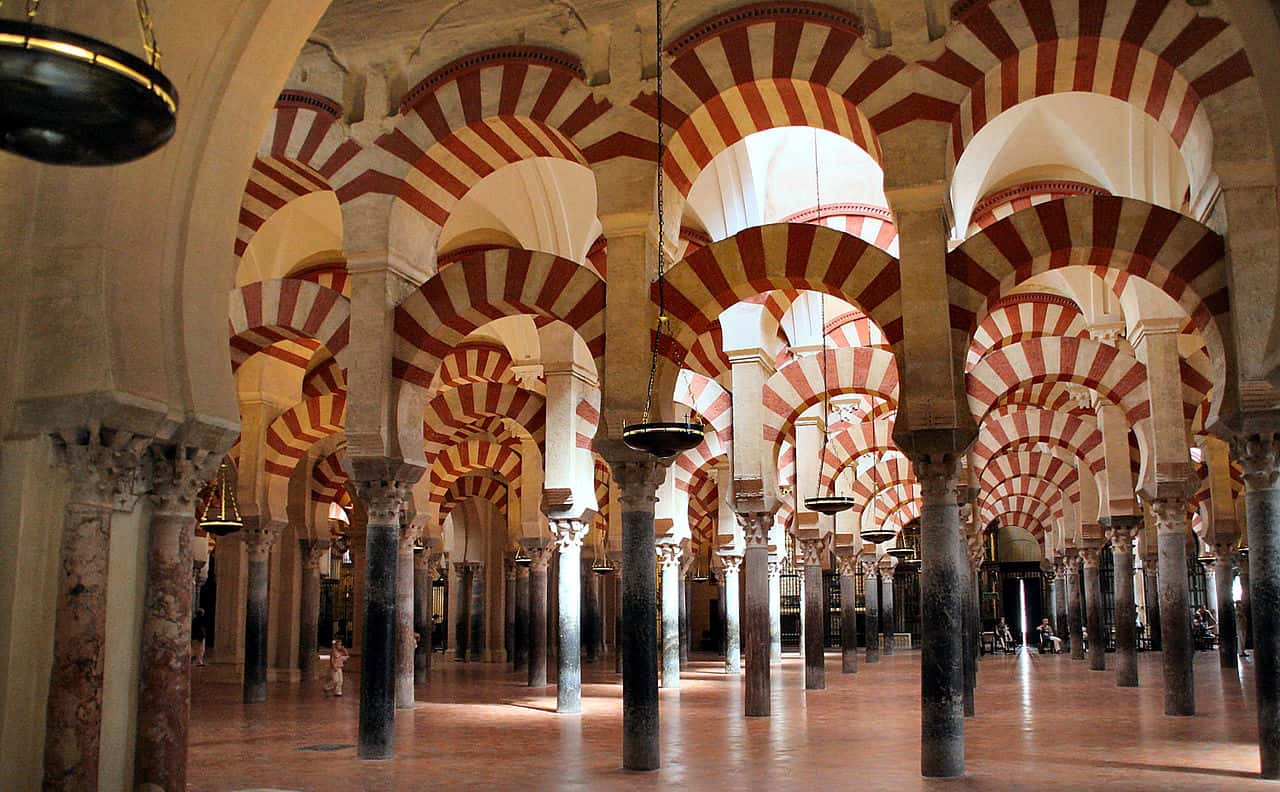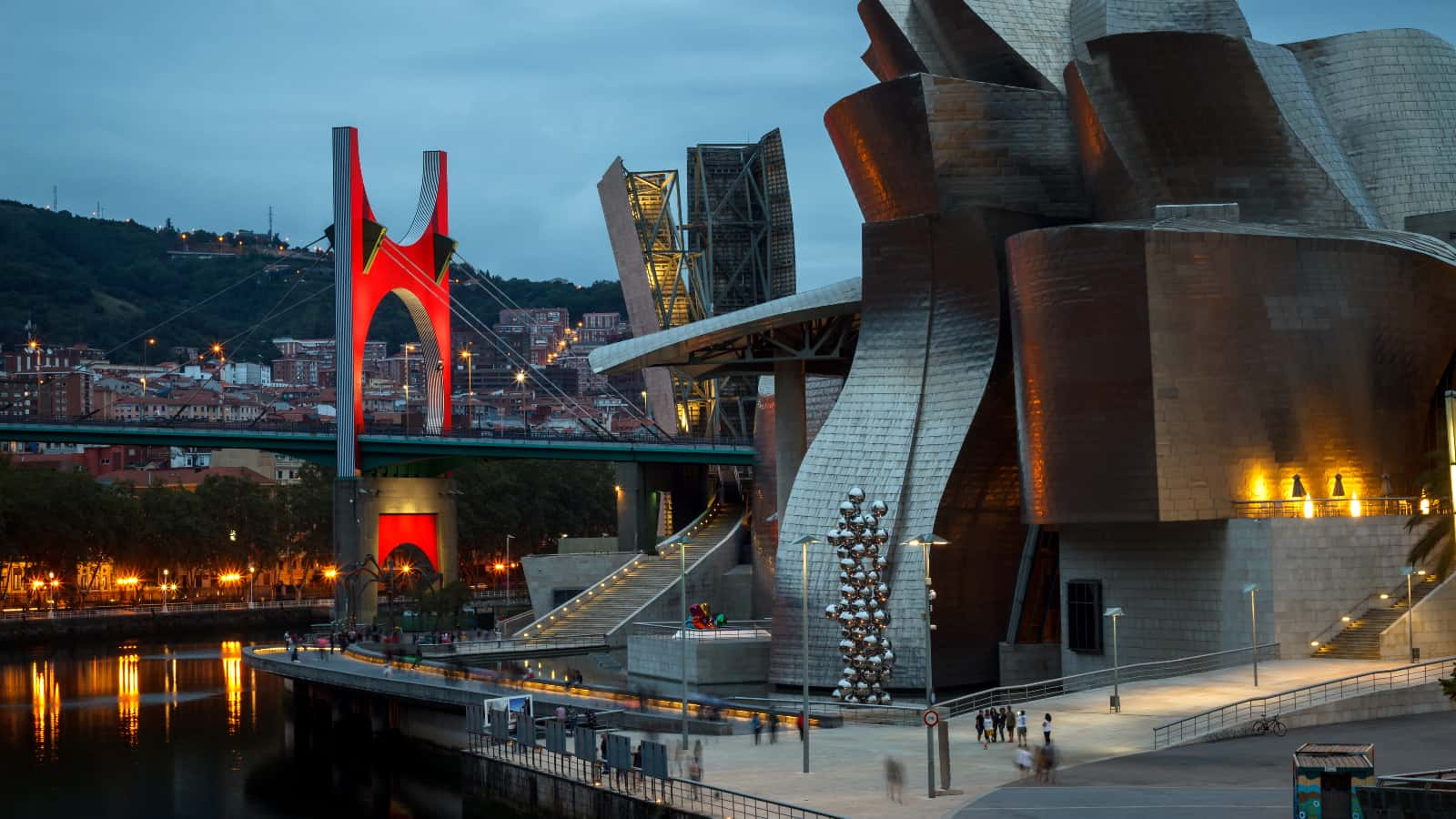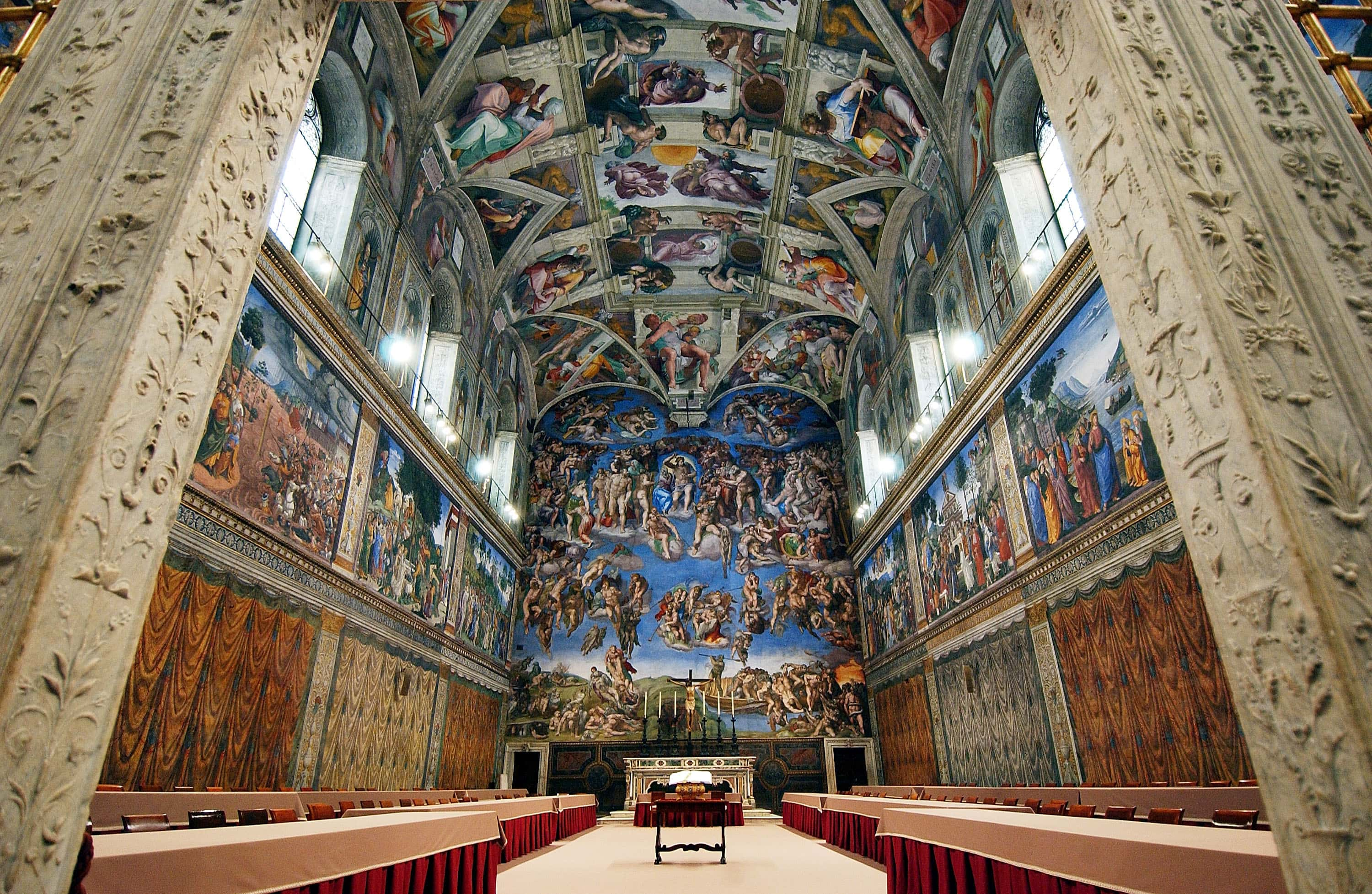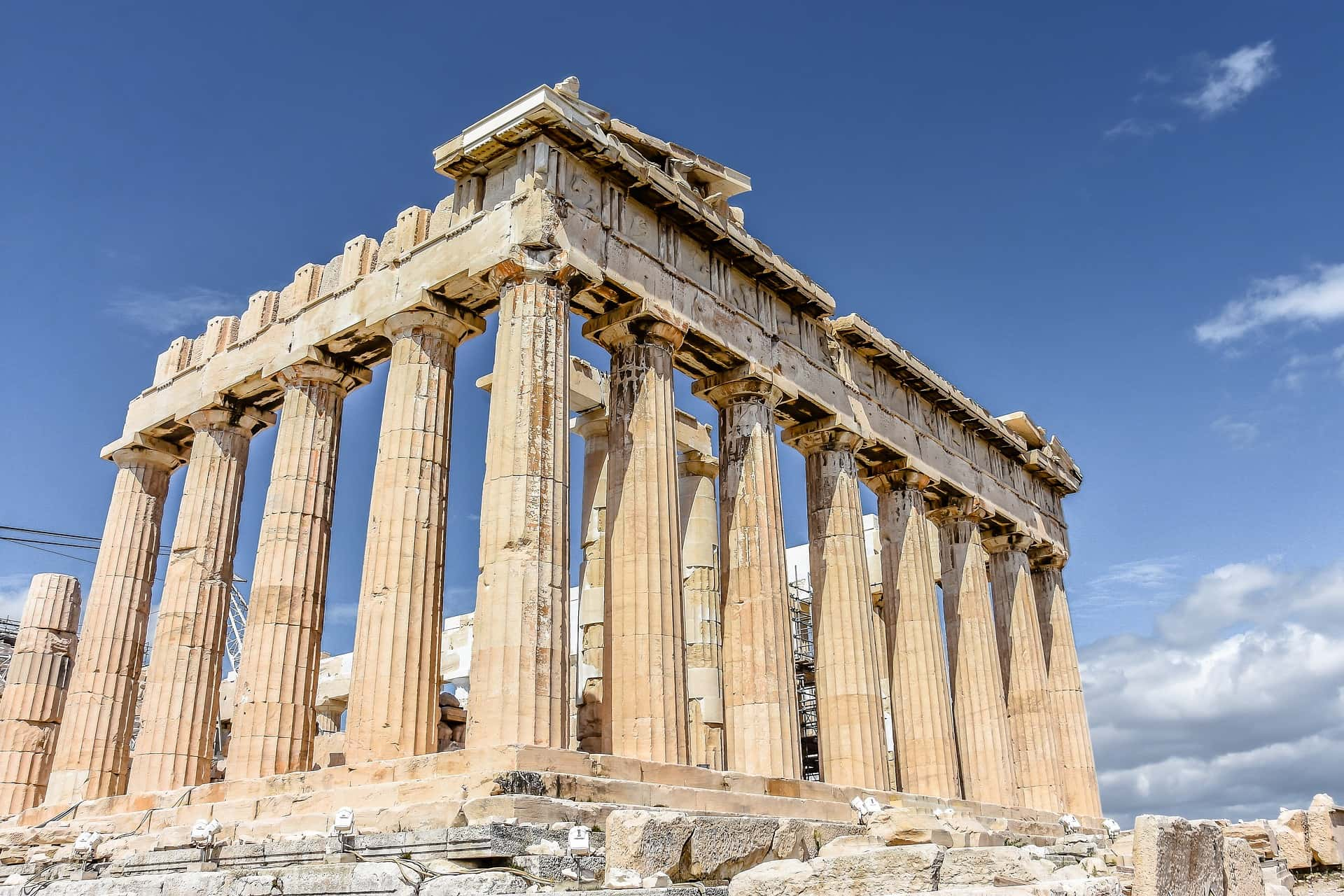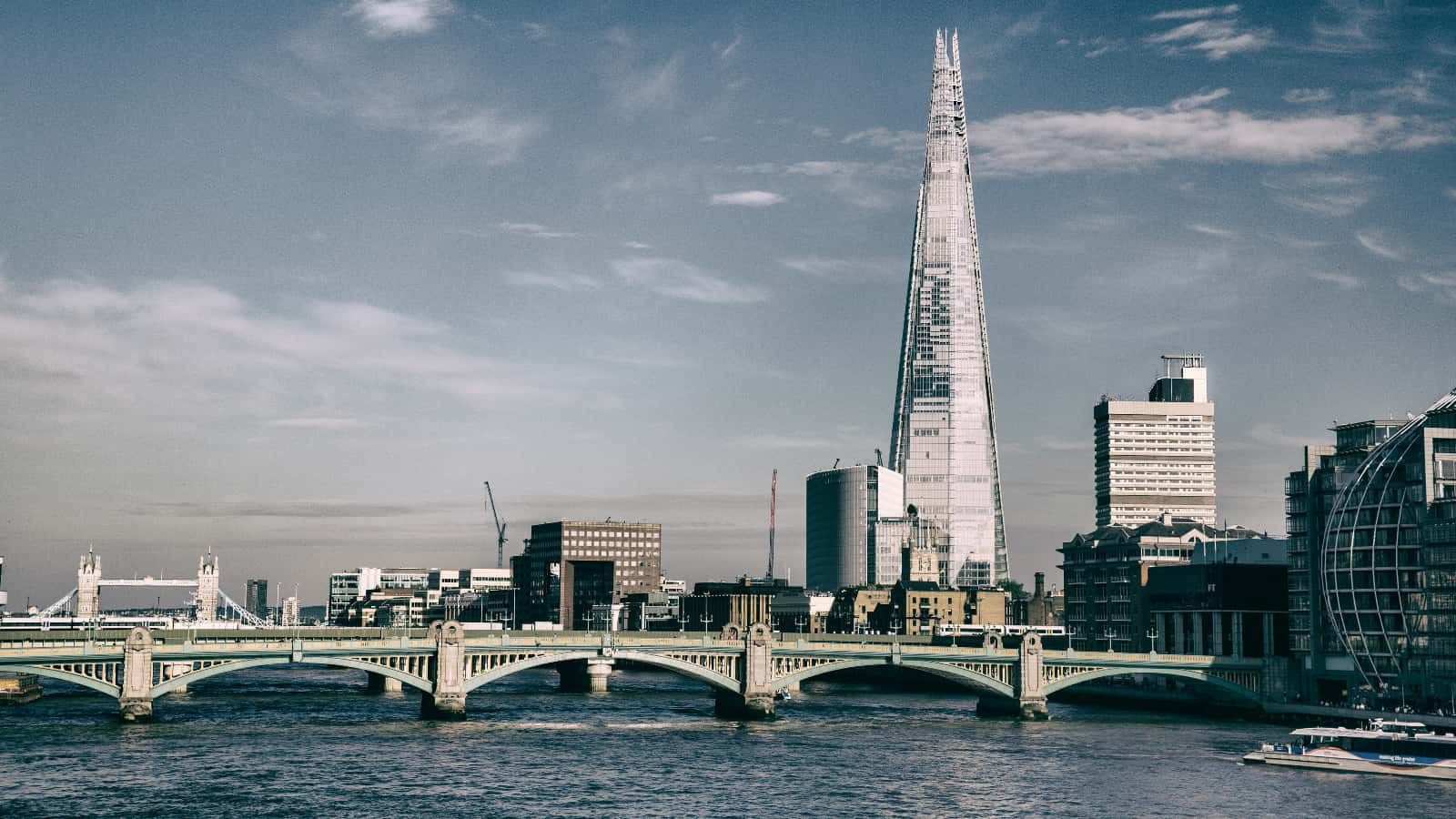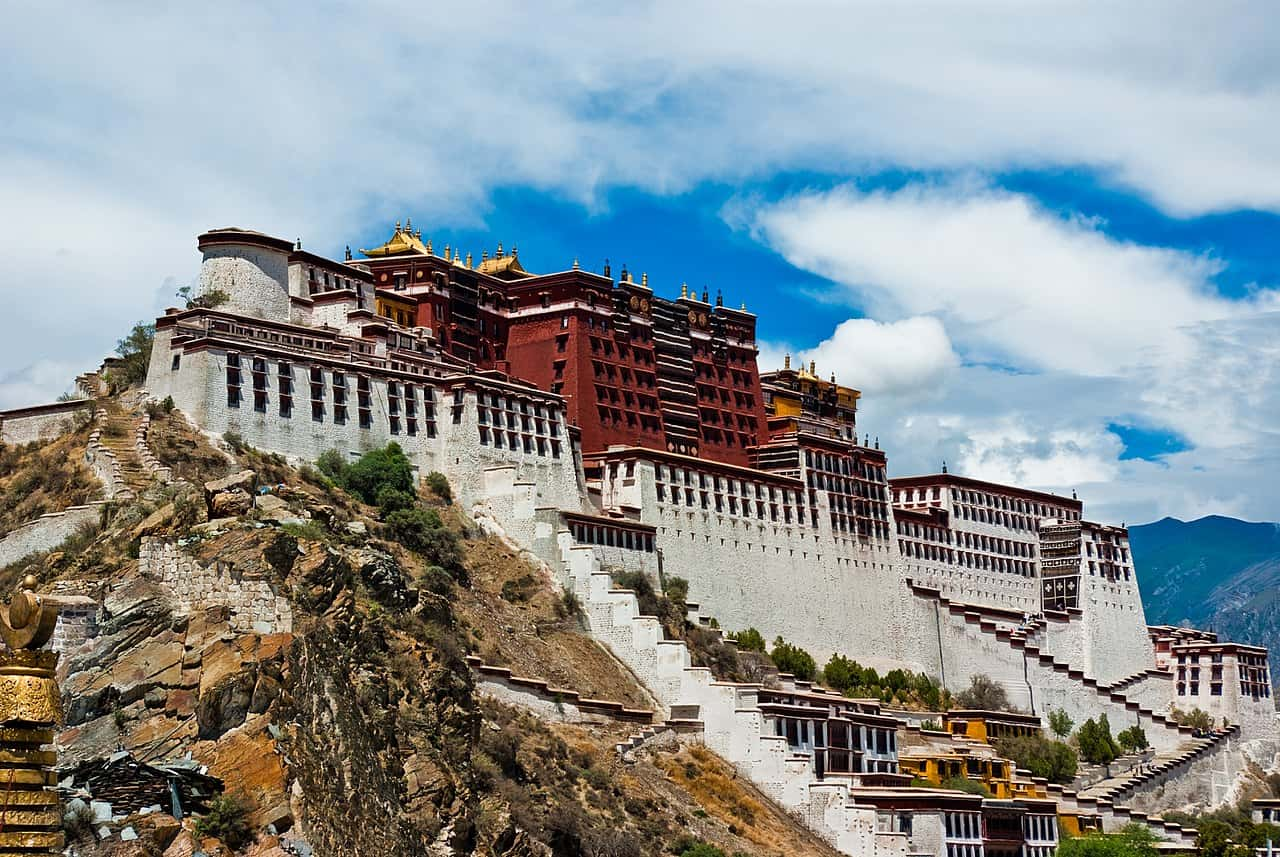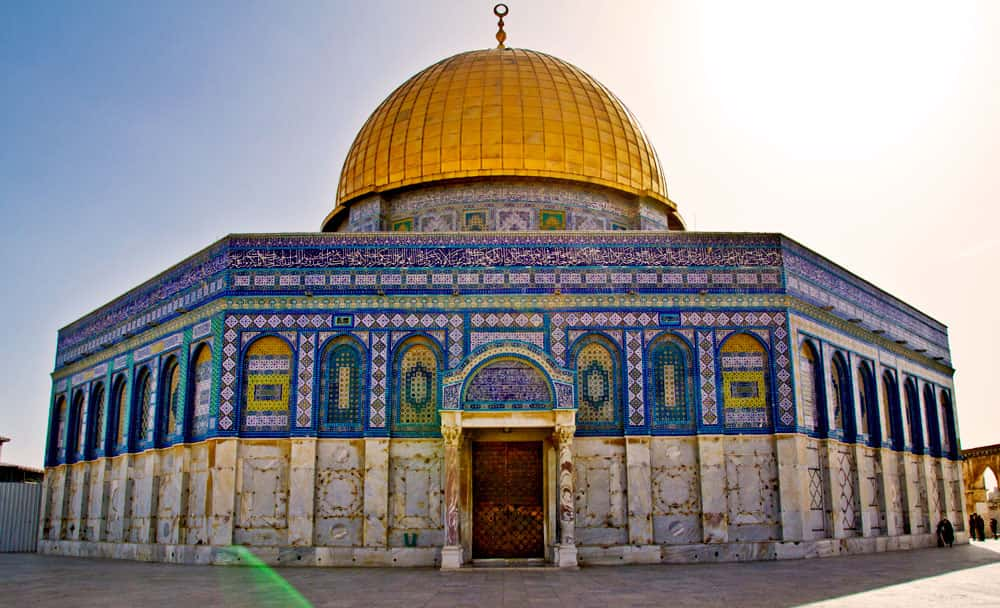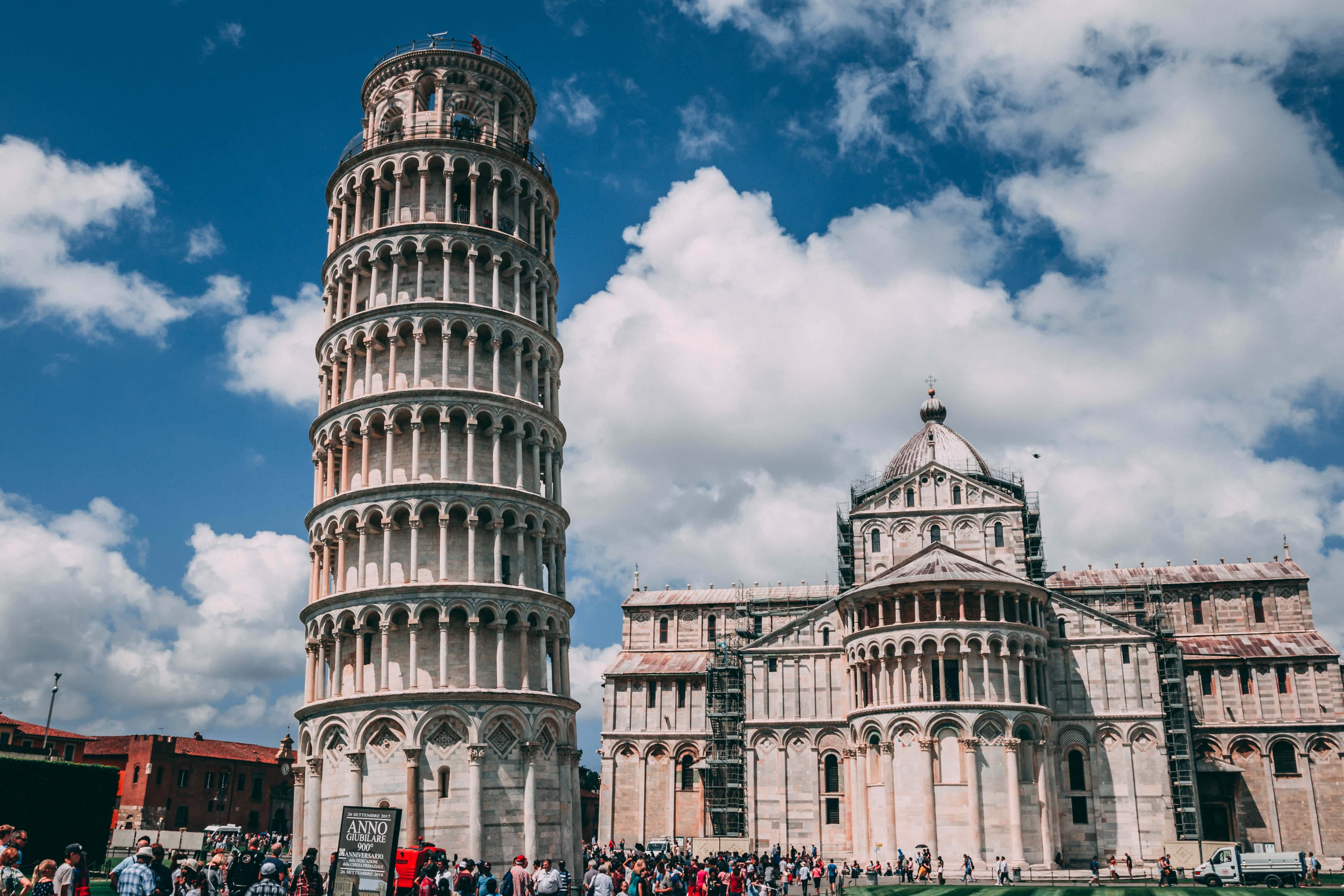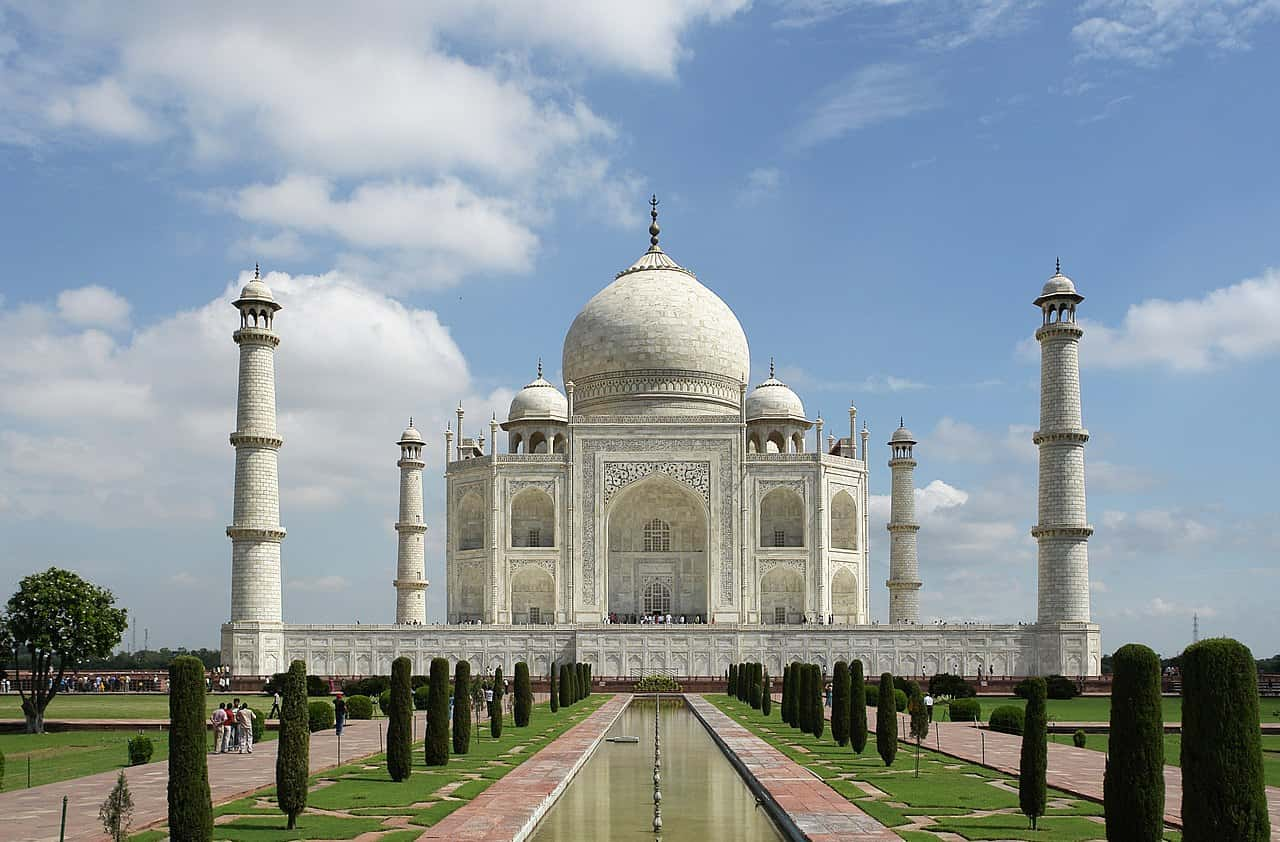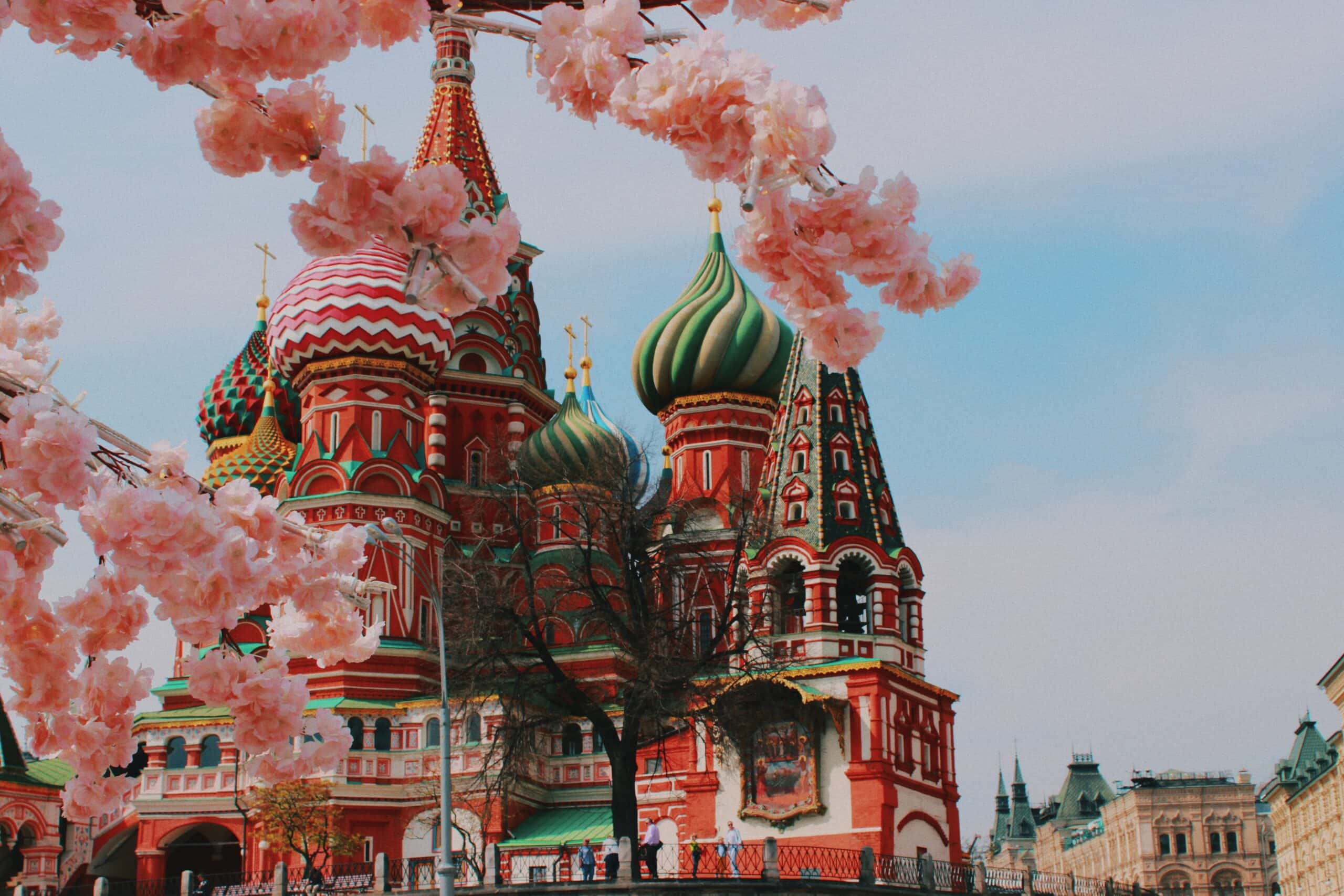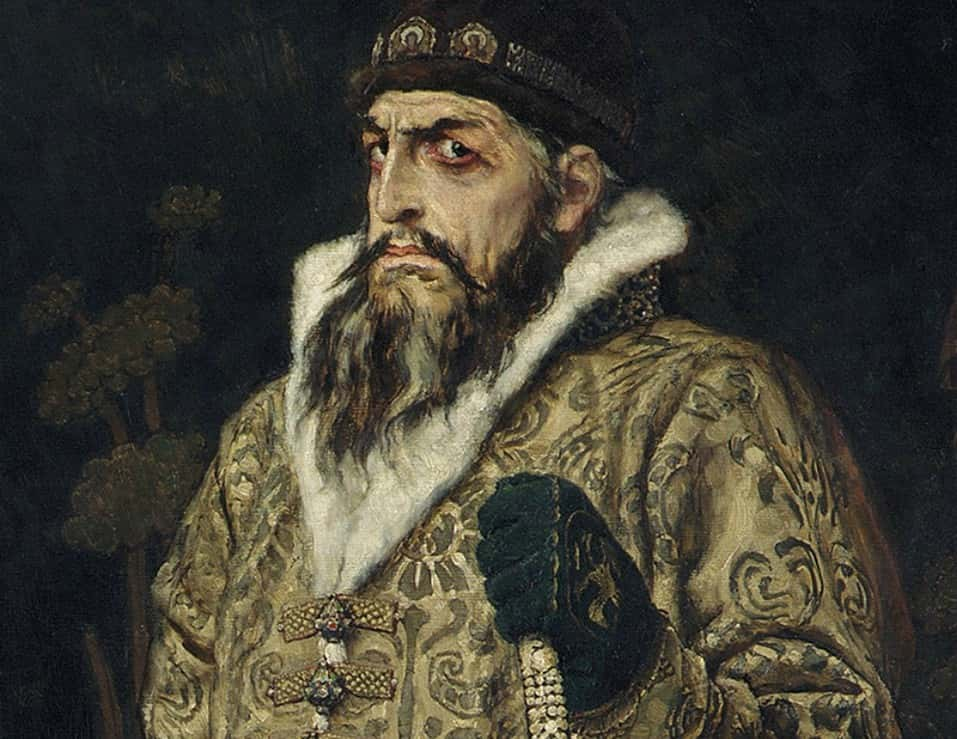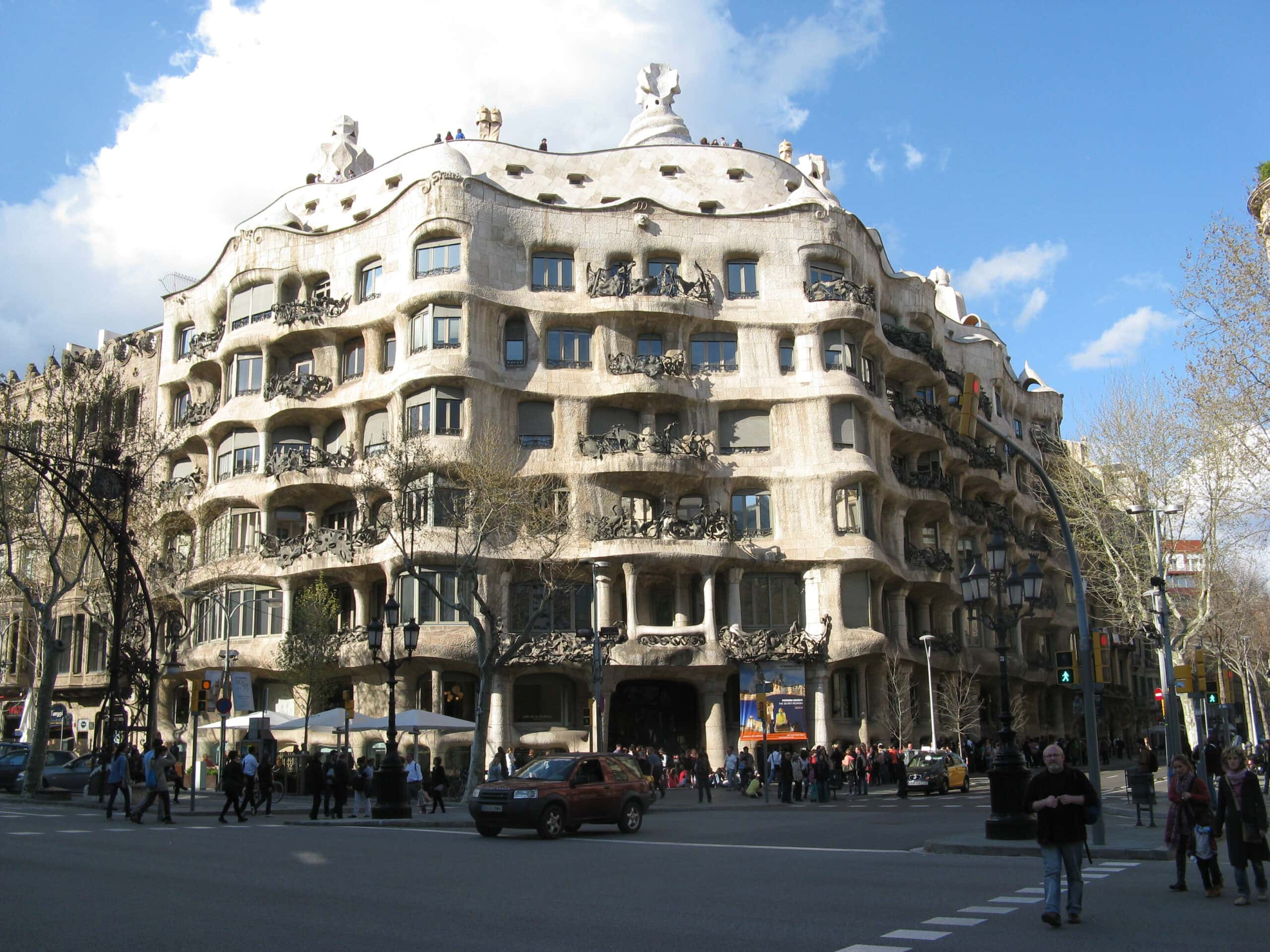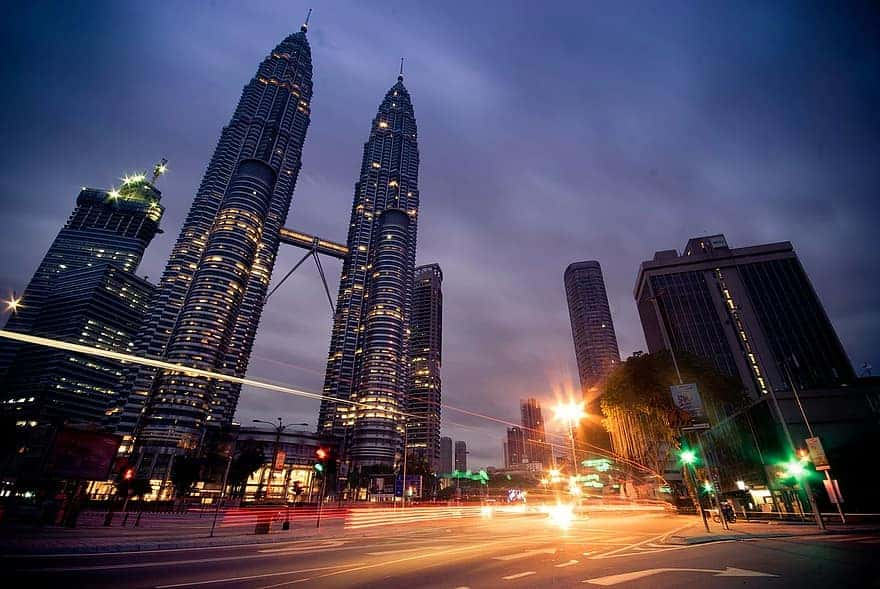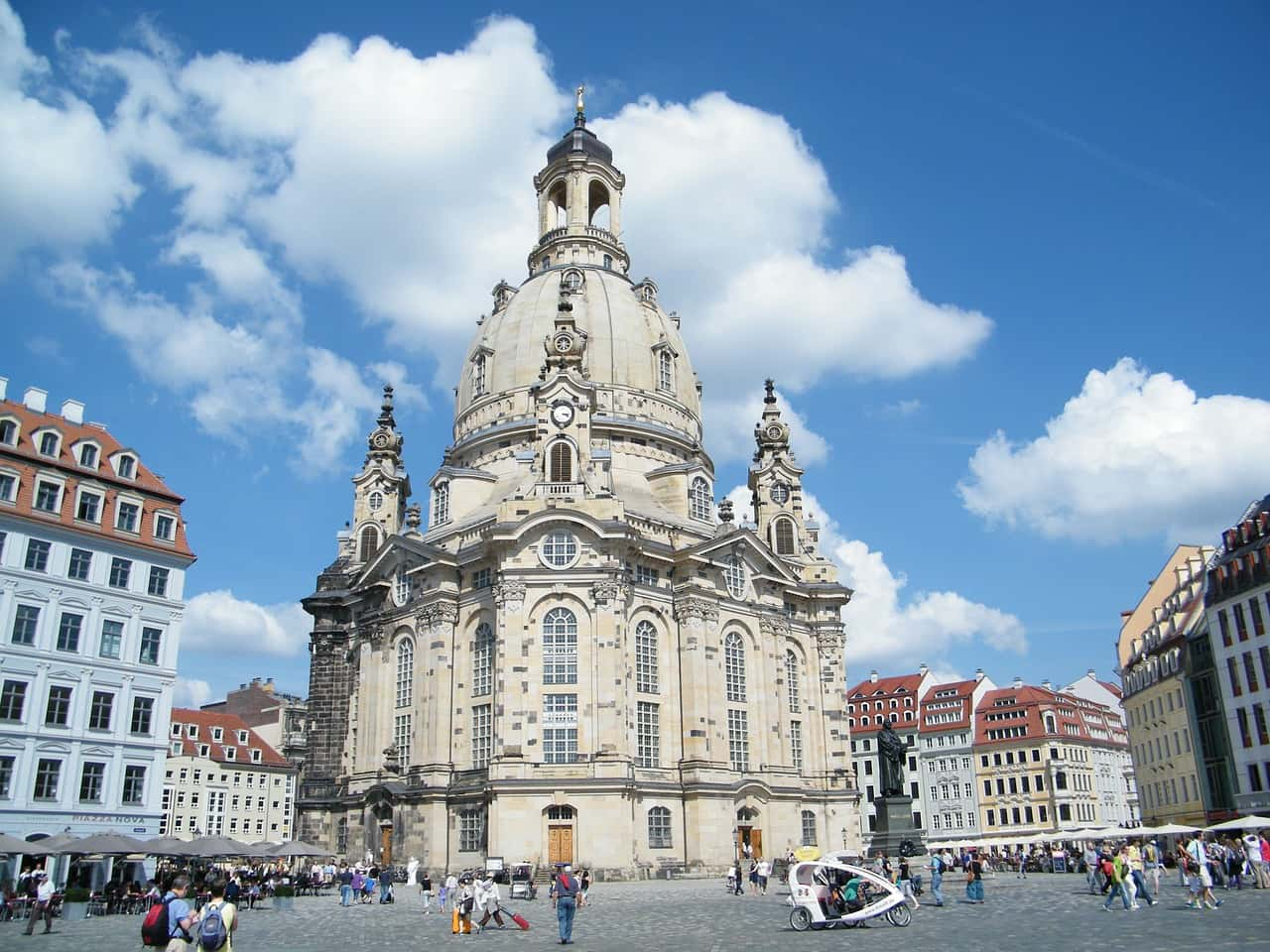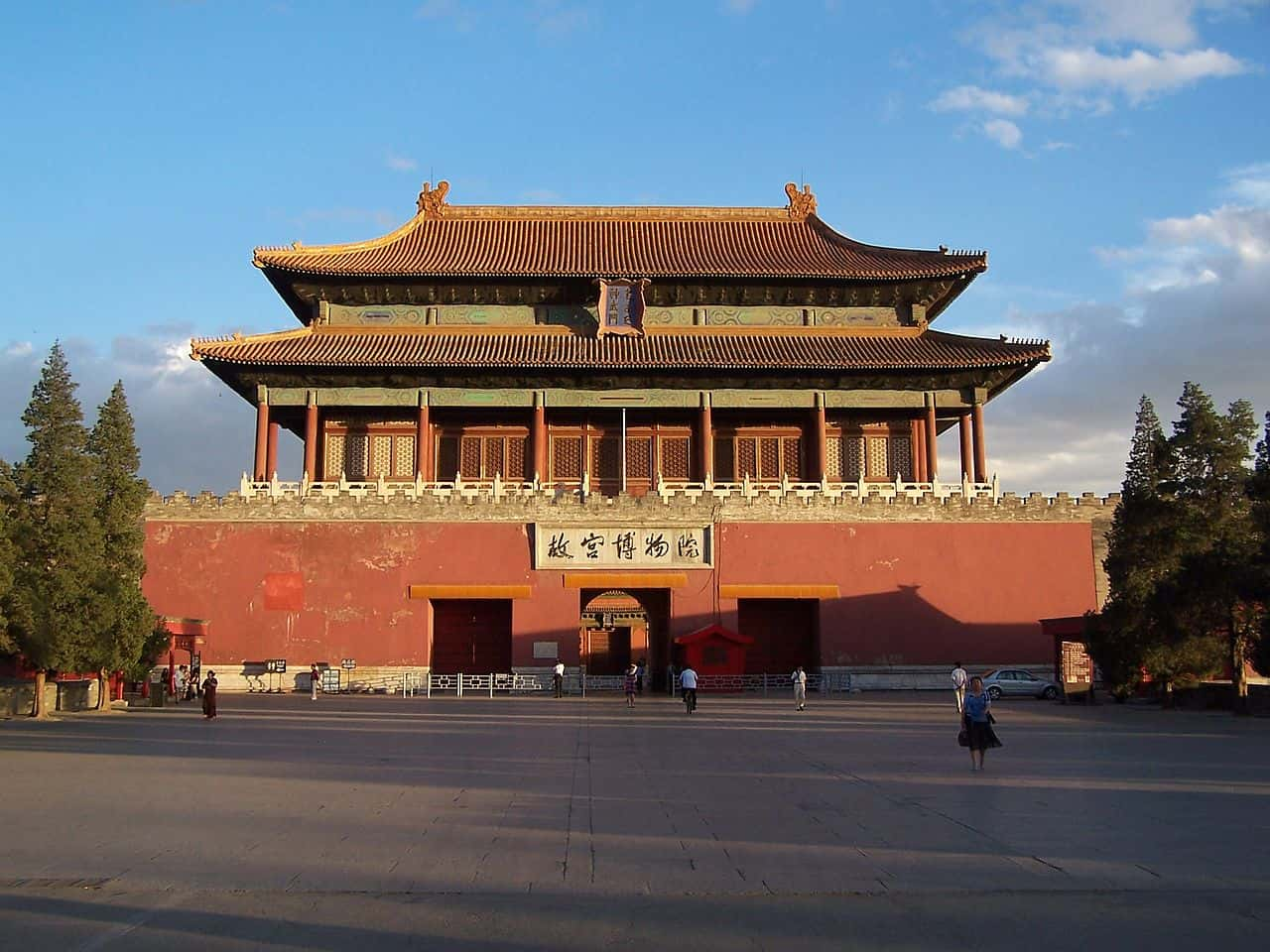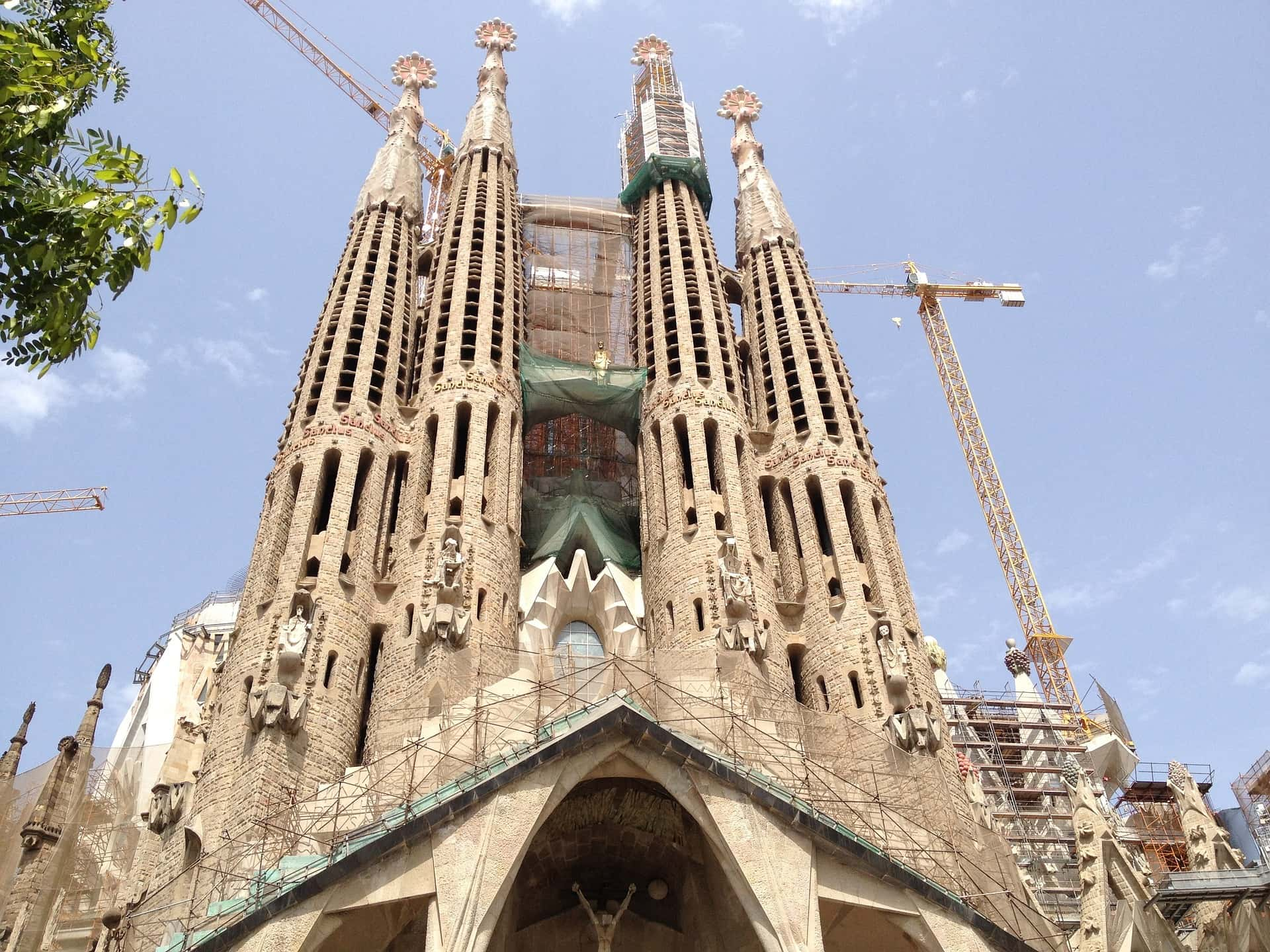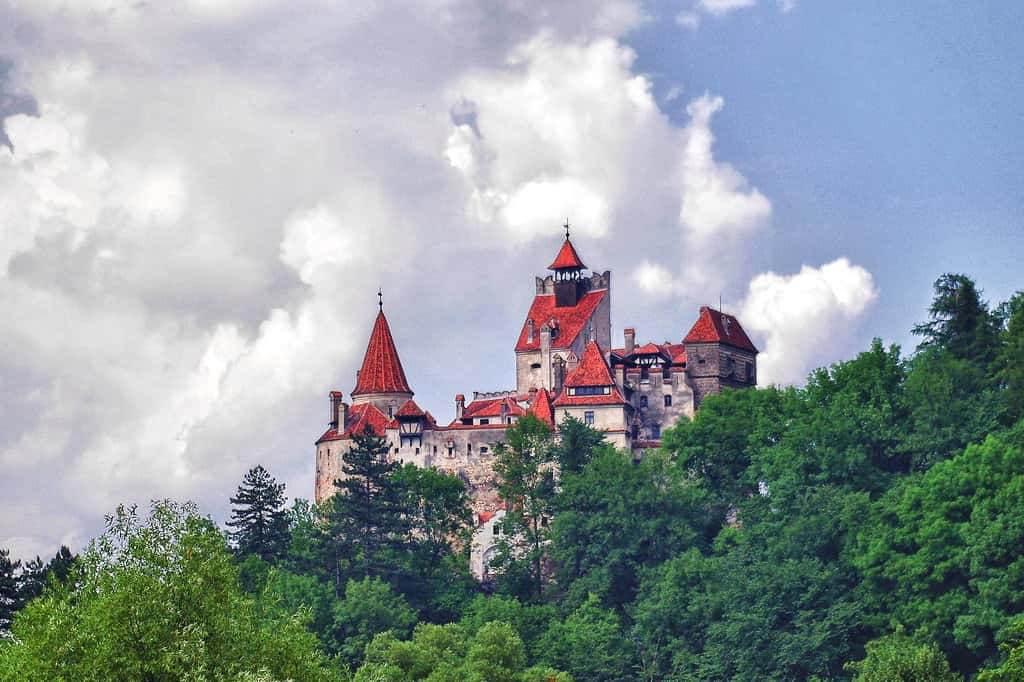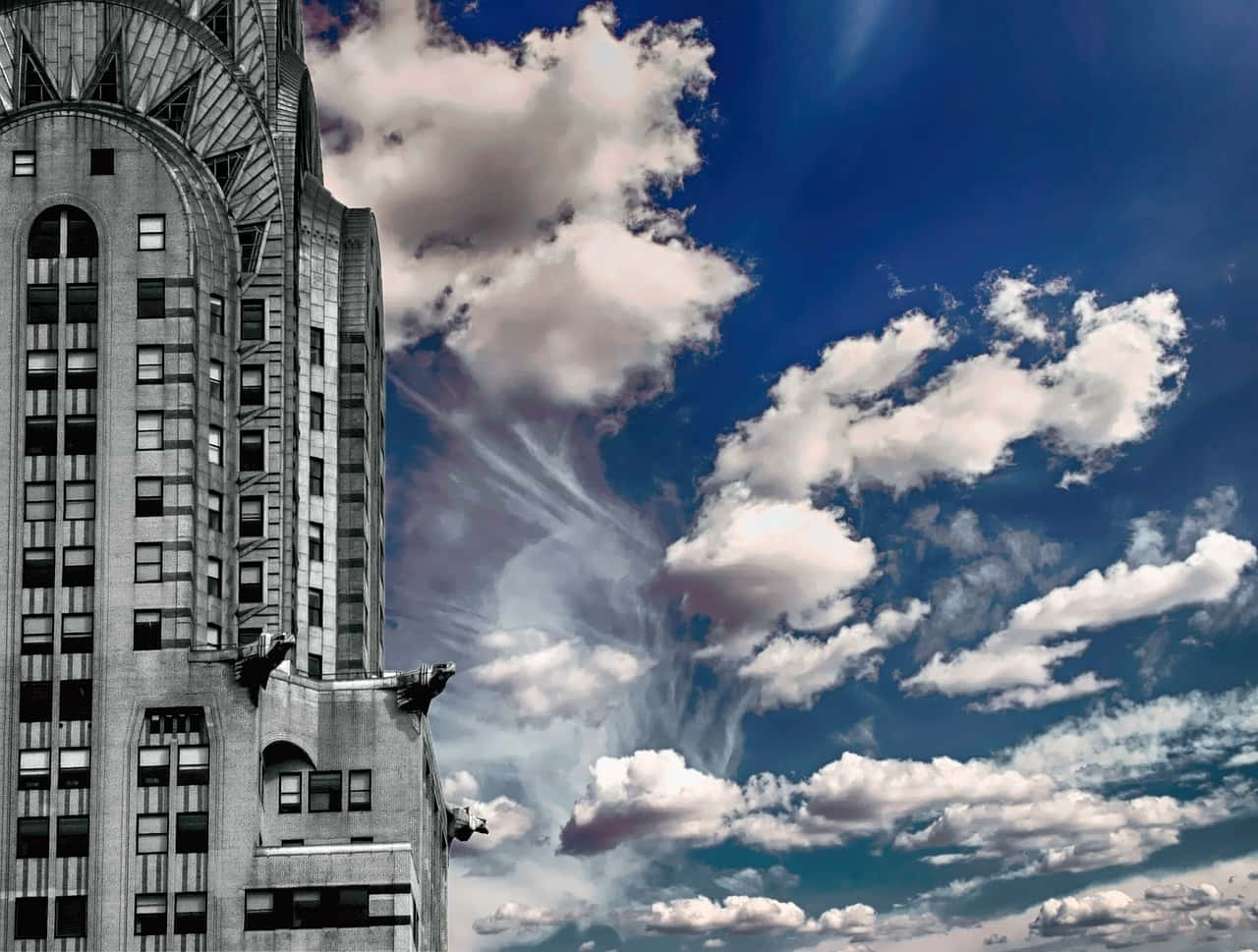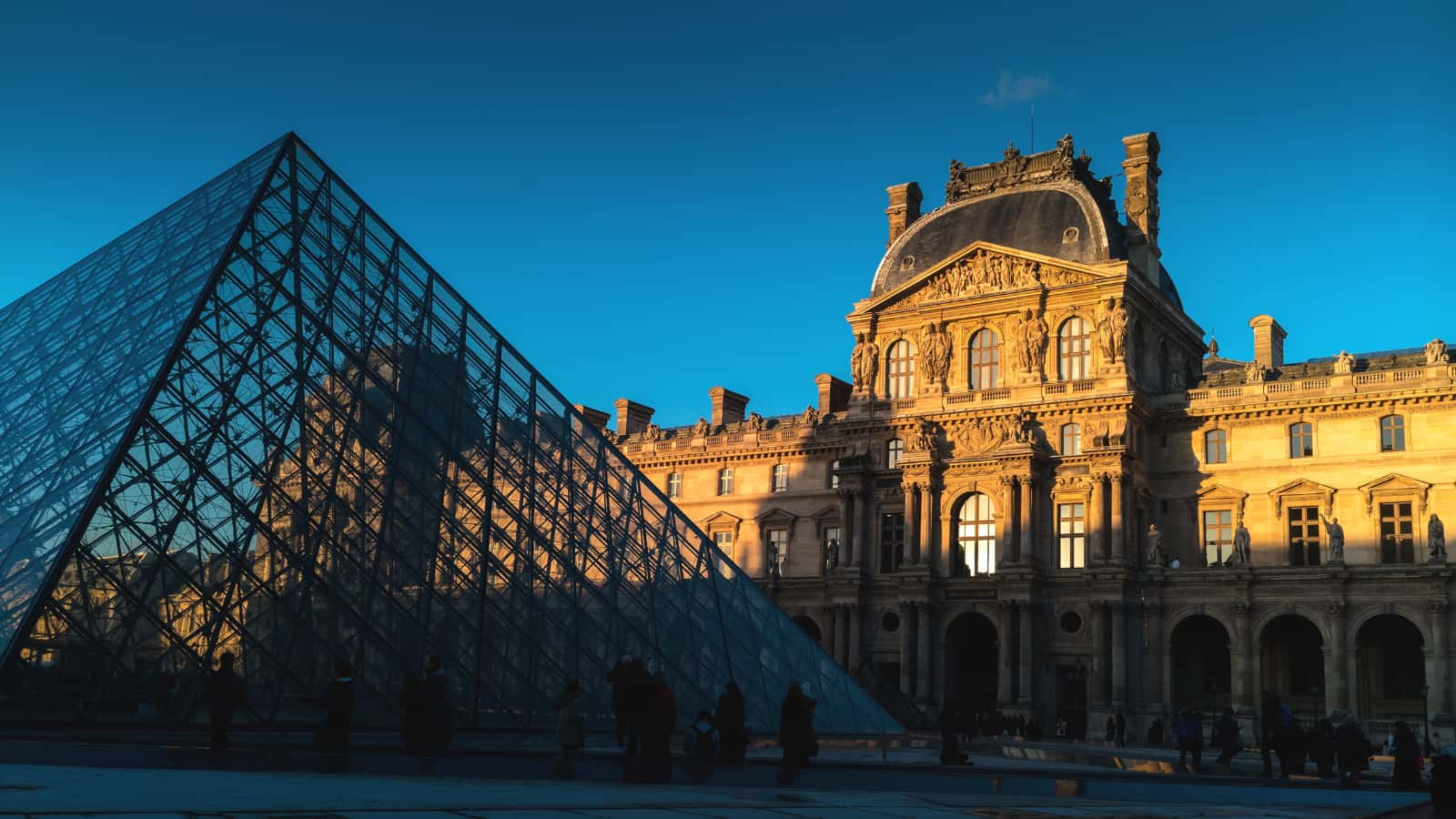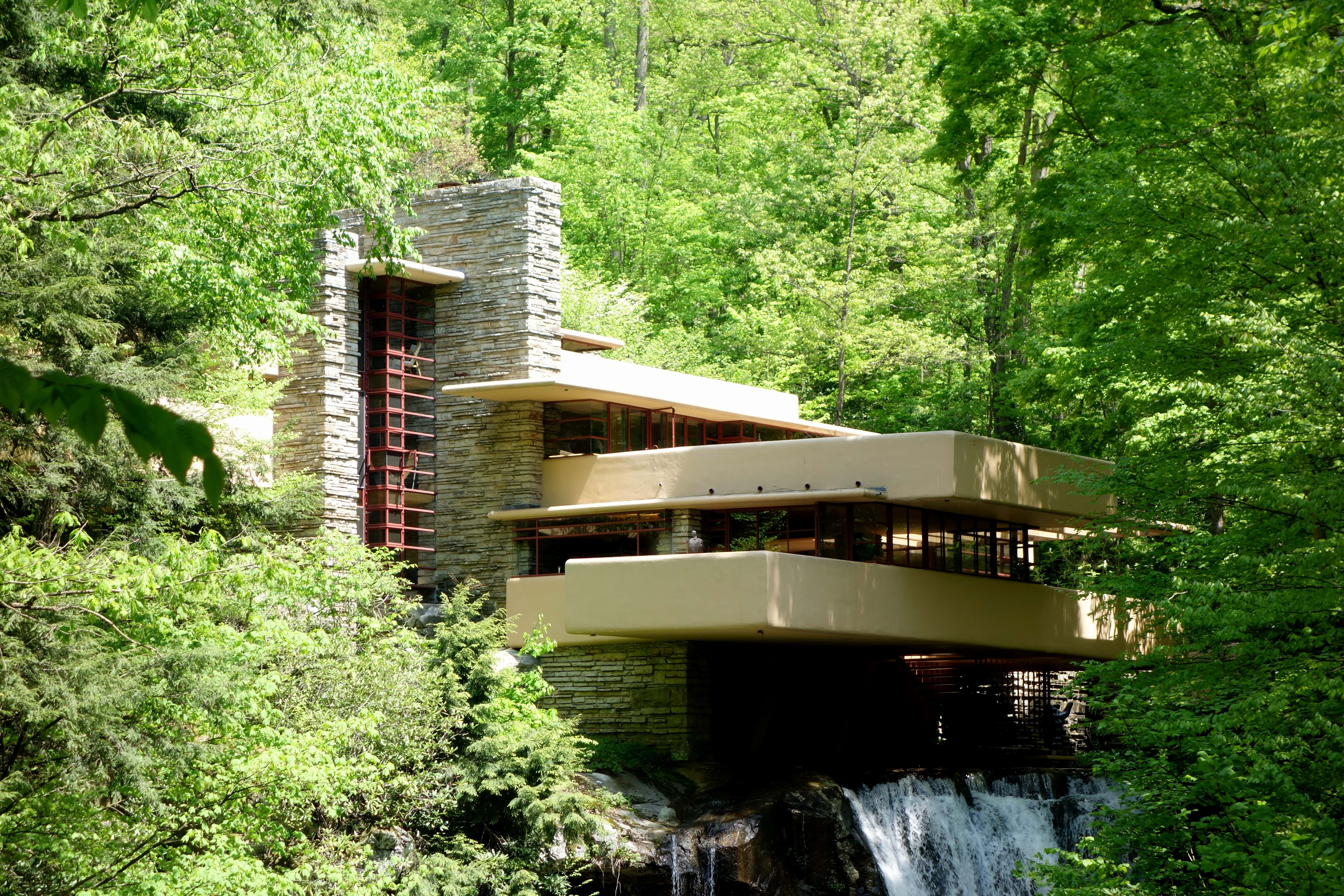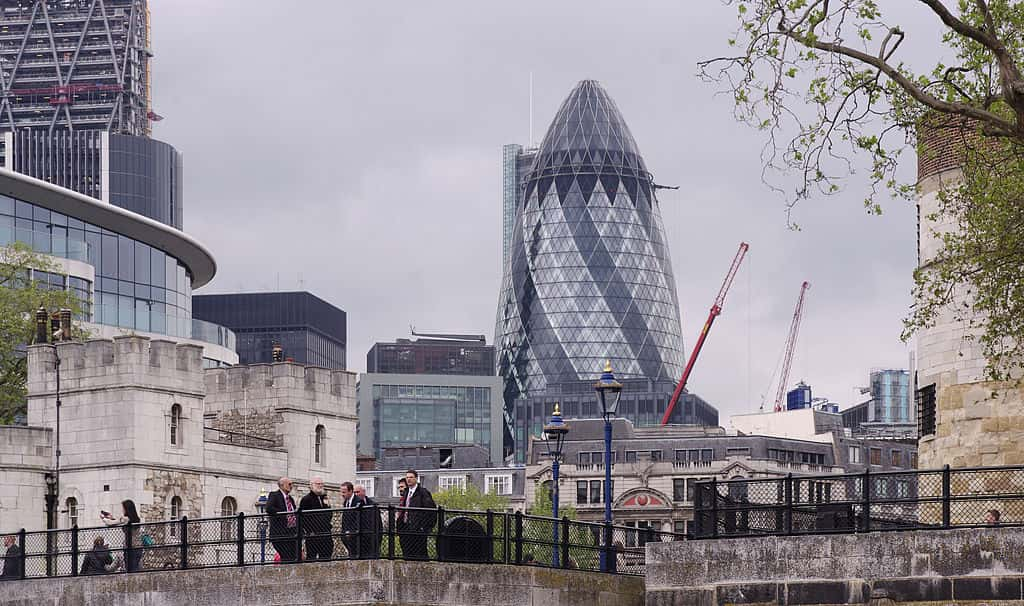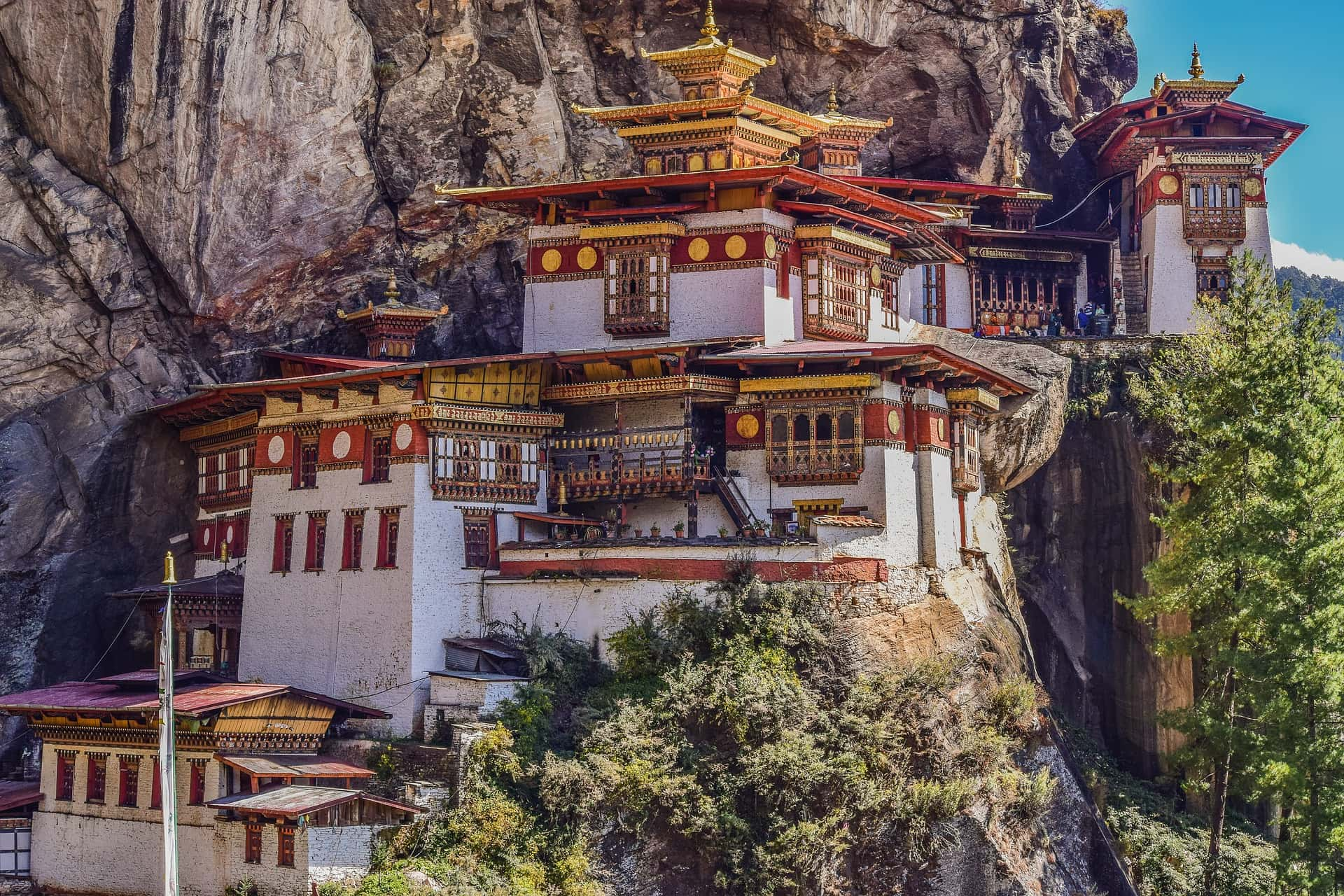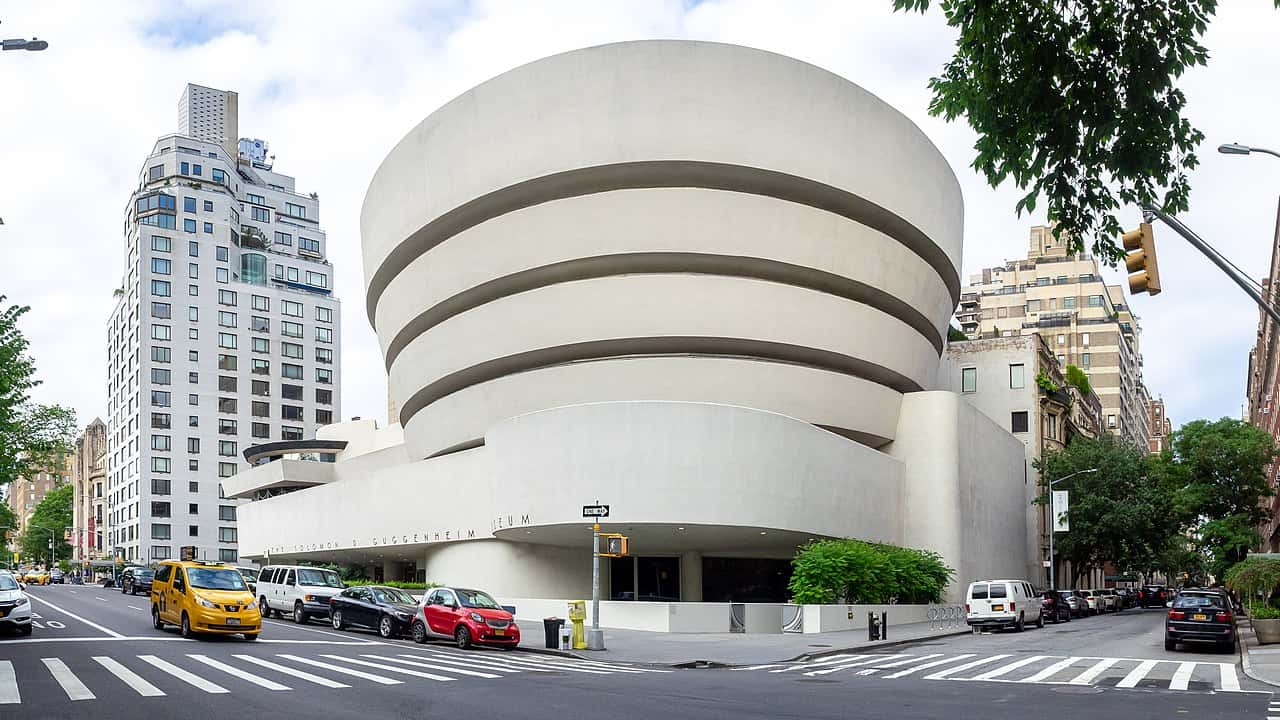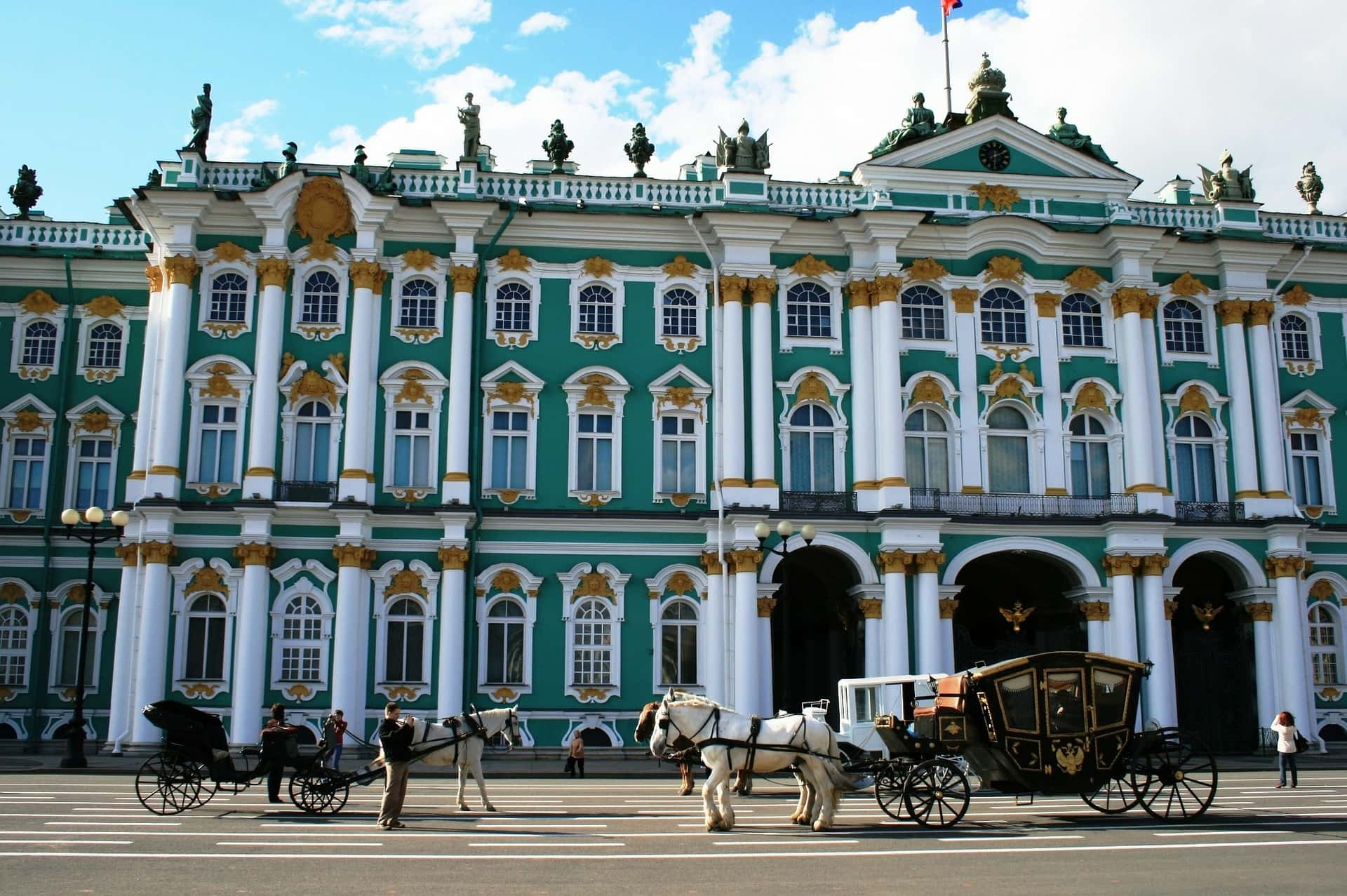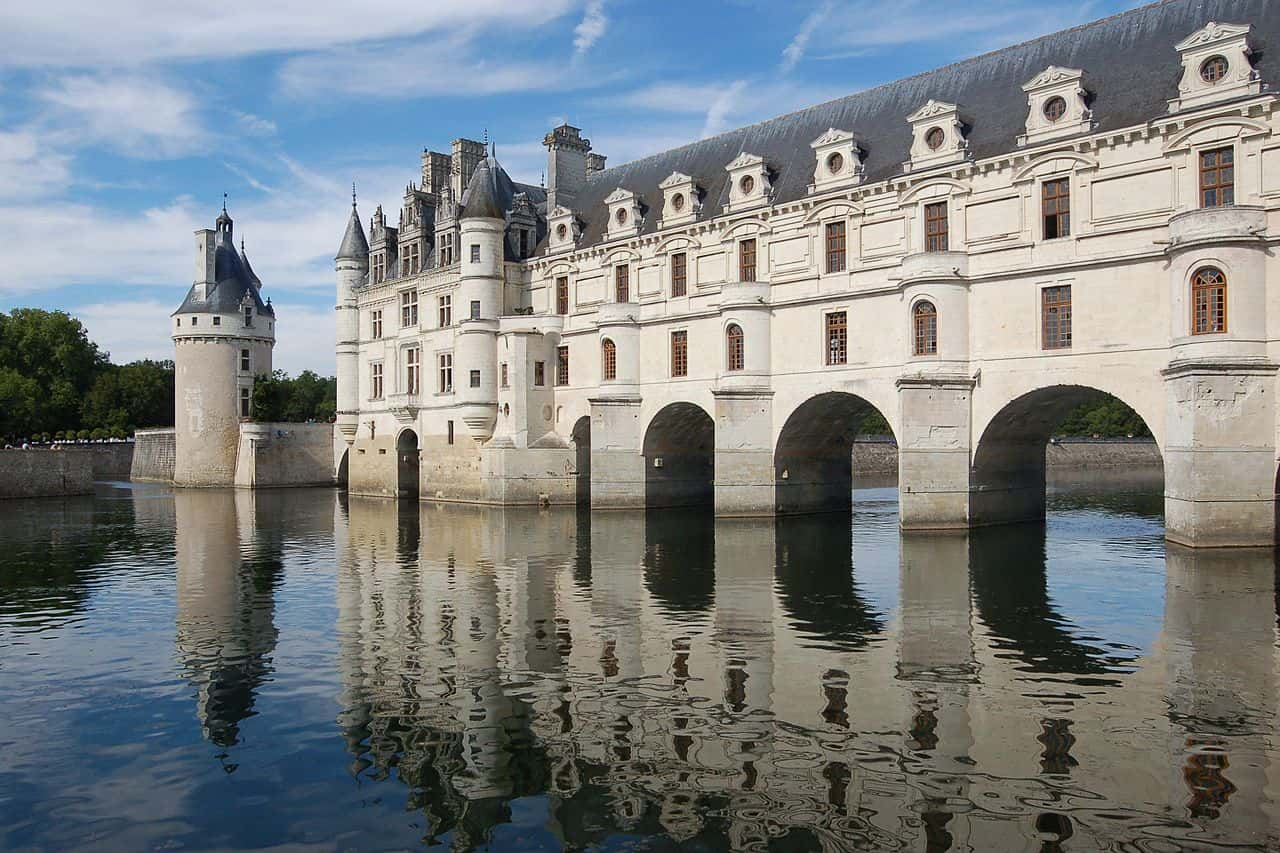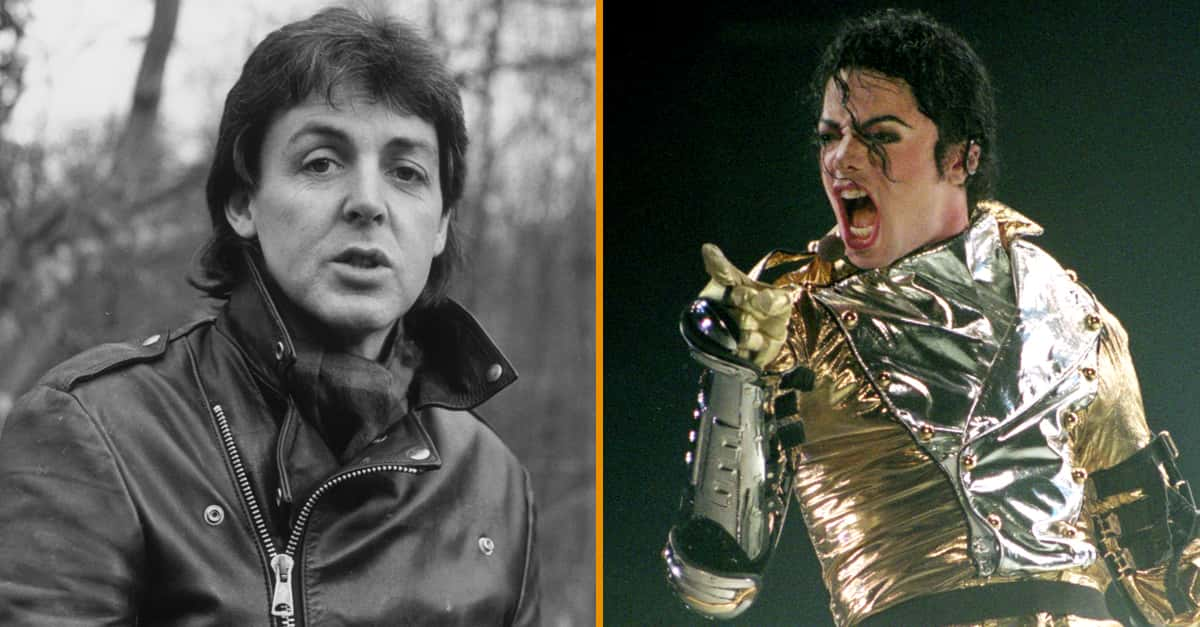When you think about the world’s architectural wonders, there are some names that immediately come to mind. The Colosseum, the Pyramids of Giza, the Eiffel Tower, the CN Tower, Sydney Opera House, the Taj Mahal, and so many more. But apart from being marvels of design and structure, these beautiful buildings have many stories to tell and secrets to hide. Read on to discover some long-lasting stories about these iconic buildings.
1. The Visionary & The Villain
The story of the Sydney Opera House involved quite a bit of drama. The man who envisioned its design—Jorn Utzon—moved to Australia from Denmark with his entire family and was completely invested in its making. Unfortunately, after he had put in seven years of hard work, the Minister of Works of a new government, David Hughes, forced him to resign.
There were many protests demanding Utzon's reinstatement, but he left the country when he saw the government was not interested in any acceptable compromise. He later described the situation as “Malice in Blunderland,” as Hughes had scrapped his designs and withheld payment from his staff. Utzon wasn’t even invited to the opening of the Opera House, and never set foot in Australia to see how his dream had been realized.
2. A Blight on the Face of Gentility?
When the Eiffel Tower was completed as an exhibit for the World Industrial Fair in 1889, the plan was to tear it down after 20 years. That probably would have appeased the countless people who hated the thing from the start. Most writers and intellectuals felt it destroyed the pristine, genteel beauty of Paris. They labeled it an ugly and useless addition to the landscape.
Writer Guy de Maupassant famously said he would lunch frequently in a restaurant at the Tower's base. Why? It was the only place he could go where he didn't have to look at it.
3. Deal with It
Conman Victor Lustig once tricked a man named Andre Poisson into buying the Eiffel Tower. In fact, not only did he scam Poisson out of his asking “price” for the tower, he also got him to pay a little extra to ensure that no one else tried to buy it either. And the cherry on top? When Poisson discovered the scam, he didn't even report it, for fear of becoming the laughingstock of the whole city.
4. Who Built the Pyramids?
The Great Pyramid of Giza is the only wonder of the ancient world that still stands. The pharaoh Khufu commissioned the great monolith, and it was the tallest man-made structure in the world for 3,800 years. The architectural marvel stupefied people for millennia—and in fact, still does. There are many outrageous theories, including the persistent myth that only aliens could possibly have built it. But don't worry, the theories get even more bizarre.
Most recently two amateur archaeologists insisted that the residents of the lost city of Atlantis actually built the Great Pyramid. To prove their theory, they snuck into the pyramid after hours and secretly chipped at the walls to obtain a sample for testing. Needless to say, this act of vandalism did not amuse the Egyptian government. The Giza Criminal Court sentenced the two “archaeologists” and a filmmaker who had been with them, as well as the six Egyptian guards on duty at the time, to five years of prison in 2014.
5. An Icy Problem
The CN Tower is Toronto’s best-known and most distinctive landmark, built to show Canada’s industrial strength. It also serves as a telecommunications center serving over 16 Canadian television and FM radio stations. However, its height has also caused some problems during the winter months. In April 2018, large chunks of ice fell from the top of the tower, dropping to Earth like icy missiles.
They punctured the roof of the nearby Rogers Center on the same day the Toronto Blue Jays were supposed to play a game. The game had to be postponed, and the center and all surrounding roads and areas were closed down.
6. Deep-Sea Fighting
We all know that the Colosseum in Rome was a famous arena where enslaved warriors fought each other and wild animals (remember Gladiator?). But did you know that Emperor Titus, who completed its construction in AD 79, had it flooded to re-enact legendary naval battles? Over 3,000 men "fought" in one of these massive mock-engagements.
7. Healing Powers
The Hagia Sofia, the landmark church-turned-mosque-turned-museum-turned-mosque again in Istanbul, has been around for over a thousand years. There are many legends and stories surrounding it, but one that has remained constant is about the “perspiring” column that is perpetually wet, no matter how hot the weather. For centuries people have touched the hole at the base of the column, some to be healed of whatever ails them and others in hopes of having their dearest wish come true.
8. The Japanese Way
There's nothing random about the Japanese way of doing things, it seems. When planning to build the Tokyo Skytree, the nation's tallest communications tower, designers decided upon the height of 634m for a very specific reason. In Japanese, the digits of the number read as “mu-sa-shi.” And where is the tower located? In the province once known as Musashi, of course!
9. The Dark Side of the Burj
It may be remarkable to look at, but Dubai’s Burj Khalifa, the tallest freestanding structure in the world, has a dark side. South Asian and East Asian laborers made up nearly the entire workforce for construction, and many of them were paid less than $10 per day. Only one casualty was reported, a man named Emaar in 2007, but the Human Rights Watch Study believes that many fatal accidents went unreported, especially those due to “heat exhaustion, stress, and suicide.”
10. A Brahmin Temple
Built in the 13th-century, the Konark Sun Temple is a World Heritage Site in Odisha, India. The temple pays homage to the Hindu Sun God, Surya, and it is meant to look like a massive chariot, drawn by stone horses. In its heyday, it was a 200-foot marvel, though today much of the complex lies in ruins. Still, the temple's intricate stonework makes it an extremely popular tourist destination.
11. The House that Dances
The Dancing House in Prague is hard to miss. After the destruction of WWII, the city wanted to create something beautiful. Canadian-American architect Frank Gehry and Czech architect Vlado Milunić designed the building in a “deconstructivist” style, using concrete and glass. They intended the finished structure to reflect the legendary Fred Astaire and Ginger Rogers dancing.
Today, the Dancing House has a restaurant at the top, serving French and other international food. The name of the restaurant? Ginger and Fred of course!
12. The First Portrait
The original White House looked a lot different than it does today. After construction, it was called the President’s Palace, and then the President’s House (palace does have a bit of a monarchical ring to it, doesn't it?). Each President would add to the House’s décor in his own way, but in 1812, during the presidency of James Madison, British forces set fire to the building. The only thing saved from those early days was George Washington’s portrait, which Madison’s wife insisted on taking down before she left the House for safety.
The current look of the White House is largely thanks to the reconstruction that happened after the fire.
13. Livin’ on a Prayer
The construction of Spain's Mosque of Cordoba began in the 700s, but continued for two centuries because the rulers in power kept adding to it or restoring it. The original emir, Abd-ar-Rahman I, wanted to make a temple as magnificent as the ones in Baghdad, Damascus, and Jerusalem, and approaching the sacredness of the one in Mecca. Apparently, his successors agreed, and construction just went on and on.
In the 1200s, Cordoba came under Christian rule again, and they converted the mosque into a Roman Catholic church. Although Muslims have asked for permission to pray at the mosque in recent times, the government and religious circles have been reluctant to upset the status quo.
14. Meanwhile, at Bilbao…
The Guggenheim Museum in Bilbao is also one of the world's most celebrated pieces of modern architecture. Designed by Frank Gehry (remember him?), people have described it as “dream ship,” “the world’s largest toy,” and one critic said its panels reminded him of “fish scales.” The museum isn't just pretty to look at, though. The Bilbao area of Spain was once a bustling port city, but economic upheavals left it deserted and poor in the mid-20th century.
However, since the opening of the Guggenheim Bilbao in 1997, the area has transformed into a modern hub of culture and activity.
15. A Ceiling for the Ages
Apart from being famous for the papal conclave that takes place there, people flock to see the Sistine Chapel because of the beautiful frescoes that decorate the interior. And the crown jewel of the entire building is Michelangelo's legendary ceiling. But believe it or not, Michelangelo wasn't the first choice to paint the ceiling. The Pope had originally asked Raphael, who was more popular at the time, for the job.
Raphael was jealous of Michelangelo’s growing success, and he wanted to find a way to stick it to him. He convinced the Pope to choose Michelangelo, hoping his rival would screw it up and embarrass himself. Guess that plan kinda backfired, eh?
16. Symbols Everywhere
One World Trade Center stands tall at 1776 feet, a direct reference to the year the Declaration of Independence was signed. Its observation deck starts at 1362 feet and extends until 1368 feet, the exact heights of the Twin Towers before they fell.
17. Athenian Icon
The Acropolis of Athens sits above the main city on a rocky outcrop. It consists of the ruins of several famous ancient structures, the most famous of them being the Parthenon. Construction began in the fifth century BC, during the golden age of Athens. Milennia later, in WWII, Germans raised their flag at the site—but the locals couldn't stand for it. A month later, two Athenians succeeded in pulling down the flag and ripping it to shreds. Their action became a symbol of resistance and helped the city stay strong under occupation.
18. Explorers of a Different Kind
Completed in 2012, the Shard in London is meant to look like a massive shard of glass, though it's actually made of 11,000 distinct glass panels. Londoners waited eagerly for opening day to get a glimpse from the top of the skyscraper—but some people couldn't wait that long. A group of “recreational trespassers” known as “place hackers” managed to avoid security and made it to the top of the building.
One of them was an Oxford University researcher, Bradley Garrett, who posted a picture of himself on a crane, with the London skyline visible behind him.
19. A Game of Thrones
Westminster Abbey is the United Kingdom's most important religious building. The site of William the Conqueror's coronation, every English and British Monarch since has been crowned there, right up to Elizabeth II. It houses the Coronation Chair, an ancient wooden seat that every monarch since Edward I has sat upon at the moment England's crown first touched their heads. Built in the late 13th-century, it's the oldest known piece of English furniture.
20. Edible Paint
Potala Palace is a fortress in Tibet. It was the residence of ten Dalai Lamas over 317 years. In 1959, it became a world heritage site after the 14th Dalai Lama fled to India. No other structure in the city is built on a higher level as a mark of respect. To protect the building from the ravages of weather, a crew of around 500 people, all residents and volunteers, repaint it every single year.
The “paint” is a traditional concoction of milk, honey, sugar, and lime, and it has a particularly sweet aroma. I wonder if the volunteers are ever tempted to taste it!
21. A Holy History
The Dome of the Rock is an Islamic Shrine in Old Jerusalem. The Foundation Stone the temple is built upon has great significance in Abrahamic religions. It is believed to be the place where Adam, the first man created by God, set foot on the Earth for the first time. It is also believed that this is where the prophet Abraham tried to sacrifice his son to please his God.
22. The Lean
Workers actually noticed the Tower of Pisa's infamous "lean" when the structure was only two stories high. Military conflicts then halted construction for nearly a century, but that turned out to be pretty lucky. That gave the unstable soil time to settle, preventing the tower from toppling over. The lean got progressively worse over the years, until a restoration project in 2008 decreased the lean from 5.5 degrees to 3.97 degrees, stabilizing the tower for the very first time. Engineers predict that the tower will now stay stable for 200 years, after which the ground will slowly start giving way again.
23. A Lover and Tyrant
The Taj Mahal may be the world’s most beautiful and famous mausoleum, but its history is not as sparkling as its façade. Legend has it that while the emperor Shah Jahan had this structure made as a tribute to his love for his queen, he did not want anyone to even try and replicate it. So, he took some extreme measures and supposedly cut off the hands of the workers who built it, before gouging out their eyes.
This story has persisted through the centuries—though most historians believe it's most likely completely false. It's beautiful, but is it "gouge peoples' eyes out" beautiful? I don't know about that...
24. Russian Beauty
A symbol of Russia, St. Basil’s Cathedral in the Red Square in Moscow is shaped like a “flame of a bonfire rising up to the sky.” It served as the home of Russia's Orthodox Chruch for centuries, until the Soviet Union confiscated it as part of their program of state atheism. In fact, the Cathedral was very nearly destroyed during the Soviet regime, but thankfully cooler heads eventually prevailed.
Decades later, after the dissolution of the Soviet Union, religious services once again began being held in the Cathedral, starting in 1997.
25. Kindred Spirits
St. Basil’s Cathedral was built at the behest of Ivan the Terrible, the first Tsar of Russia. Like the Taj Mahal, it's rumored that he blinded the architect who designed it so that they could never copy it and create another structure so beautiful. Once again, there's no evidence for this story, but with a name like Ivan the Terrible, we wouldn't put it past him.
26. An Arch to Remember
The Gateway Arch in St. Louis, Missouri, was built as a monument for Thomas Jefferson and his efforts for America’s westward expansion. At 630 feet tall and wide, it's the world’s tallest arch. Ominously, before construction started, the insurance firm working with the architects and engineers predicted that at least 13 people would lose their lives during its construction. Happily, they were wrong and no one lost their lives—but that doesn't mean there isn't any blood in the Arch's ledger.
In 1980, Kenneth Swyers attempted to parachute from a plane, land on the arch, then base jump to the ground. He successfully managed to land on the arch, but tragically, his next chute failed to open, and he lost his life in the fall.
27. The Dreamer and the Drama
Casa Mila in Barcelona is one of the most unique buildings on Earth. Antoni Gaudi designed the undulating house in free form, and not a single right angle can be found in the entire structure. It became a UNESCO heritage site in 1984, and critics consider it to be one of the most fascinating buildings in the world because it does not follow any design rules. Considered a father of modern architecture, Gaudi had a vivid imagination, and he was alternately praised and criticized for his bold and innovative ideas.
Unfortunately, one of his biggest critics was the owner of the house. The owner hated the final product and tried to cover up much of Gaudi's work with more traditional decor.
28. Race to the Top
Kuala Lumpur’s defining feature, the Petronas Twin Towers, were built under bizarre circumstances. Not only did the Malaysian Prime Minister have the plans altered to make the finished structure the tallest building in the world, he also turned construction into a dramatic competition. In an unprecedented move, he awarded the responsibility of each tower’s construction to two different companies from two different countries.
Japan’s Hazama Corporation and South Korea’s Samsung Engineering and Construction were responsible for one tower each and the race was on to see who would finish first and emerge as the clear winner. Spoiler alert: it was Korea.
29. Korean Muse
During a routine maintenance clean, staff at Quebec city's legendary Chateau Frontenac found a letter stuck between two floors of the hotel. The words inside were heartbreaking. A cadet had written the note just before shipping out, and inside, he told his sweetheart to wait for him. No one knows the real fate of the couple, but the story inspired the producers of a popular Korean soap, Goblin: The Lonely and Great God, to shoot an episode in the hotel.
The number of visitors coming to see the Chateau from Korea has increased exponentially since then, and an old brass mailbox in the hotel’s lobby has become a popular Korean selfie spot!
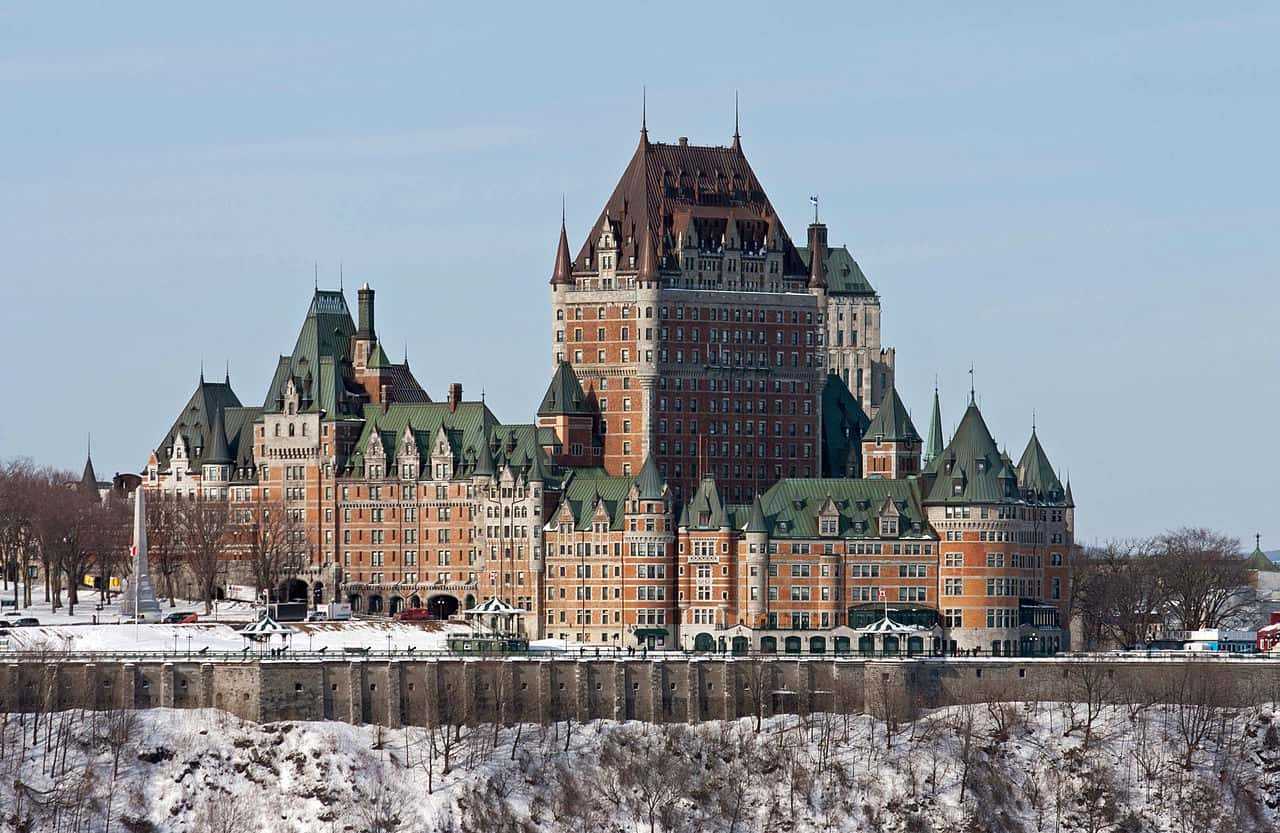 Wikimedia Commons
Wikimedia Commons
30. MAC Scandal
The Niteroi Contemporary Art Museum in Rio de Janeiro, Brazil was the subject of a political scandal even before it was built. First, the city’s sub-mayor, Zeca Mocarzel, convinced the owner of the site where the museum would eventually stand that the land was worthless. Mocarzel then bought the land for next to nothing—shortly before Mayor Jorge Roberto Silveira announced his proposal to build on the site.
Morcazel sold the land to the city for substantially more than he'd paid for it, go figure. Since then, it's widely speculated that Mocarzel and Silveira planned this whole scheme.
31. A Solemn Reminder
The Dresden Frauenkirche was long notable for its 12,000-ton sandstone dome, with only eight skinny supports to hold it up. Hard to believe, but this architectural marvel was stable enough to withstand 200 Prussian cannonballs during a conflict in 1760. Unfortunately, it wasn’t strong enough to survive renewed shelling during WWII. It held firm for two days, giving some 30 people sheltering inside enough time to make a run for it, but the dome finally collapsed and the structure fell.
The city left the blackened pile of bricks as a memorial for years before finally deciding to rebuild the grand structure.
32. Divine Residence
The Forbidden City in Beijing is the largest Imperial Palace in the world. Completed in 1420 AD, it served as the Imperial Palace of China for 492 years. In this period, the emperor was considered to be a “son of Heaven” with holy heavenly powers, and their home was built accordingly. Architects designed the palace to lead to the north, as an earthly counterpart for the North Star. While in use, the Palace was considered a divine residence, which was why common people were forbidden to enter it.
33. Centuries to Complete
The construction of the Basilica de la Sagrada Familia began in 1882, and it has yet to be completed! The incredibly unique structure has had a ridiculously long and complicated history, but it looks like the end may finally be in sight. Officials hope that the perpetual construction might finally come to a close in the 2020s, some 250 years after it started.
34. Dracula’s Abode
Due to its closeness to the Transylvanian side of the border from Romania, Bran Castle is often referred to as “Dracula’s Castle,” although it is just one of several locations linked with the story. The legend of Vlad III Dracula, also known as Vlad the Impaler, inspired Bram Stoker to create the legendary monster. While it's probably just a story that Vlad III was imprisoned in this castle, the Romanian Government decided it would be good for tourism to market the castle as the one where Dracula once lived.
35. Chrysler by Name
Automobile mogul Walter P. Chrysler had the Chrysler Building built to demonstrate his company’s success. The building served as company headquarters for around two decades, but when that era came to an end, Chrysler bought the building for himself, thinking he would pass it down in his family and it would remain a family legacy. However, soon after his passing, his family sold the building to a real estate investor for $18 million.
36. A Revolutionized Royal Residence
The Louvre, one of the world's most famous art museums, was originally a fortress. It became a residence for royalty later, and looking at it now, it might be hard to believe that at one time it was deserted and rotting. However, after the royals shifted their residence to the Palace of Versailles, the Louvre fell to disuse and decay.
After the French Revolution, city officials decided to convert the building into a museum for the people. It opened in 1793, with over 500 paintings and other artworks confiscated from the deposed royalty and nobility on display.
37. It Ain’t Over Til It’s Over
Architect Floyd Lloyd Wright designed the iconic house Fallingwater as a nature retreat for Edgar J. Kaufmann. The house helped resuscitate Wright’s career at a time when many considered him a has-been whose best work was behind him. He proved them wrong by designing one of the most beautiful houses on Earth...in less than two hours! For months, Wright told Kaufmann that he'd been working on plans, but he actually had nothing.
Then one day, Kaufmann gave Wright a call and said he'd like to come visit to look over the plans. Most of us would have crumbled, but Wright just calmly sat down and drew up Fallingwater that instant.
38. The Grave at Gherkin
One of London’s best-known skyscrapers, 30 St. Mary Axe, AKA The Gherkin, is situated in the city’s primary financial district. It was completed in 2003, but during the early days of construction workers discovered the grave a young Roman girl while digging. The body was preserved at the London Museum for 12 years. When construction finished, authorities gave the girl a funeral and reburied near the base of the tower.
39. A “T(ig)errific Story
Legend has it that the second Buddha, who is credited with bringing Buddhism to Bhutan, flew to the place where the Tiger’s Nest Monastery is now situated. He flew there on the back of a flying tigress, stepped into a natural “tiger’s lair” cave and meditated there for three years, three months, three weeks, and three days. When he was done, he anointed the site for the construction of a monastery.
40. A (W)right Decision
Frank Lloyd Wright envisioned the Solomon R. Guggenheim Museum in New York with a red façade because he believed red was the color of creation. However, Guggenheim’s art advisor Hilla Rebay shot this idea down instantly because she disliked the color. However, while his color scheme didn't land, Wright still ended up designing nearly every single aspect of the famous museum, right down to the chairs inside.
41. The Beginning of the End
The Winter Palace in Saint Petersburg was a symbol of imperial power and decadence in the late 1700s. Although Peter I had come up with the idea of building it, it didn't reach its true glory until the time of Catherine the Great, who enlarged it and filled it with grand and splendid objects. The royals who succeeded Catherine the Great kept living there, right up to Nicholas II, the last Tsar.
Nicholas's reign saw Bloody Sunday, the brutal massacre on the steps of the Winter Palace in 1905. Imperial guards opened fire on peaceful protesters who demanded the Tsar help the starving masses of Russia. It was a dark mark on the Russian Empire, and one of the key events that led to the Russian Revolution.
42. A Feminine Touch
The Chateau de Chenonceau in France is also known as the Ladies’ Castle because of the women who lived in it and loved it and contributed to its style. From Catherine Briconnet, wife of Charles XVIII, to Catherine de Medici to Madame Louis Dupin, all these ladies played a role in beautifying the castle and making it the landmark that it is today.
Sources: 1, 2, 3, 4, 5, 6, 7, 8, 9, 10, 11, 12, 13, 14, 15, 16, 17, 18, 19, 20, 21, 22, 23, 24, 25, 26, 27, 28, 29, 30, 31, 32, 33, 34, 35, 36, 37, 38, 39, 40, 41, 42, 43, 44, 45, 46, 47, 48, 49, 50, 51, 52, 53, 54, 55, 56, 57, 58, 59, 60

